INTRODUCTION
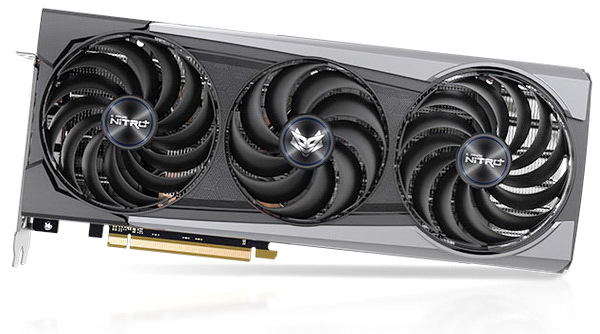
If someone was to ask me which company started the 3D revolution in PC graphics back in the 90's my answer would probably be 3DFX. Yes, both ATI and NVIDIA with their Rage and Riva lines respectively might have been the first ones to introduce 3D graphics to PC users but 3DFX took things to a whole new level with their Monster and Voodoo cards. Still, it's been roughly 25 years since then and so today things in the market have become far simpler (for good or bad) with AMD and NVIDIA pretty much competing all year long about which of them owns the fastest GPU. So even though NVIDIA did exceptionally well with their GeForce RTX20x0/RTX30x0 lines AMD did fight back late last year with their Radeon RX 6x00 line and after 2 months of continuous testing today I’ll be talking about the Radeon RX 6800 Nitro+ model by my friends over at SAPPHIRE.
SAPPHIRE Technology continues to be a world leading manufacturer and global supplier of innovative graphics and mainboard products, delivering its AMD Radeon based products to the PC markets addressing gaming, eSports and performance graphics enthusiasts as well as delivering an array of professional graphics products and embedded system solutions. Recently SAPPHIRE has penetrated new markets with a series of GPU Compute server systems targeting the blockchain and commercial cryptocurrency mining businesses.
The AMD Radeon RX 6800 is a PCIe 4.0 x16 graphics card based on the 7nm "Navi 21" (or Big Navi) chip which features 60 RDNA2 compute units, 3840 stream processors, 96 raster units (or render output units), 60 ray accelerators and 240 texture mapping units. In terms of memory AMD did surprise me a bit since they decided on using a total of 16GB of JEDEC standard 16Gbps GDDR6 memory on a 256-bit memory bus. On top of that the RX 6x00 line also features a tiny L3 cache (128MB) which however has a rather impressive speed of 2TB/s and thus can be effectively used for small workloads (primarily when it comes to raytracing and raster operations). As for the SAPPHIRE RX 6800 Nitro+ well it's largely based on the tri-slot reference design and features a total of 3 fans (1 spinning clockwise and 2 spinning counter clock wise), 3 aluminum heatsinks, 6 nickel plated copper heatpipes and a vapor-chamber copper base-plate. Of course, SAPPHIRE couldn't had skipped on secondary features and these include a 3-zone RGB illumination, dual-BIOS, external RGB headers and a factory ready overclock of up to 2190MHz (85MHz over reference). When it comes to connectivity the Radeon RX 6800 Nitro+ is equipped with three full sized DP v1.4 ports and a single HDMI v2.1 port. So, time to see what this "little" beast is capable of.
SPECIFICATIONS AND FEATURES

PACKAGING AND CONTENTS
A stargate like drawing is printed at the front of the box in which SAPPHIRE packs the RX 6800 Nitro+.
The serial numbers and barcodes are located on a sticker placed on the right side of the box.
At the rear of the box, we find a few words about the card right next to the features and specifications.
Typically, the card is wrapped inside a static-free bag and placed in a formed piece of black foam.
Aside the card itself SAPPHIRE has placed just the quick installation guide and warranty information paper in the box.
THE RADEON RX 6800 NITRO+
The Radeon RX 6800 Nitro+ is a rather large card that measures no less than 310mm in length and 135mm in height.
SAPPHIRE has used a tri-fan design for the RX 6800 Nitro+ with the left and right fans spinning counter clockwise while the center fan spins clockwise.
Under the plastic cover SAPPHIRE has placed three heatsinks and 6 nickel plated heatpipes (5 go through the 2 large ones and 1 goes through a smaller one).
The company name is placed at the top and is part of the RGB lighting system (the LED bar next to it is the 2nd RGB zone).
This card needs two 8pin PCIe power connectors.
There's also a BIOS switch at the top of the card with three different settings (default/quiet/software controlled).
At the rear of the card, we find a partial aluminum backplate and the SAPPHIRE logo (3rd RGB zone).
Moving at the front we see three full sized DP v1.4 ports and a single HDMI v2.1 port.
Finally, to have a better understanding about the size of the SAPPHIRE RX 6800 Nitro+ i placed it right next to the slightly smaller ASUS Strix GeForce RTX 2060 OC.
TRIXX V8.0
SAPPHIRE has just upgraded their TRIXX software to support the new RX 6800 Nitro+ cards.
The first tab shows information about the card and the drivers used (do keep in mind that tests were done with v21.2.2 of the Adrenaline drivers – screenshot is taken with v21.2.1).
Second tab allows the end user to monitor the clocks and temperatures of the card.
You can also boost the performance of the card by reducing image quality via the TRIXX boost tab.
There’s also a fan check feature in the TRIXX software.
The Nitro Glow tab allows you to adjust the RGB lighting system (7 effects).
In the above pictures you can see just how the SAPPHIRE Radeon RX 6800 Nitro+ looks when in operation.
TEST BED
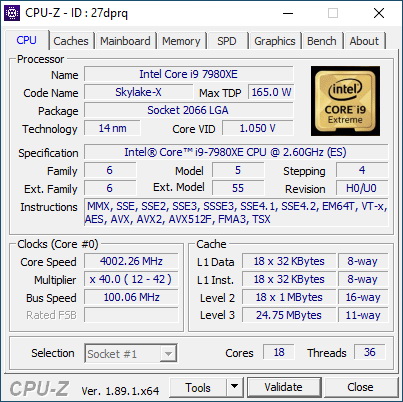

TESTING METHODOLOGY
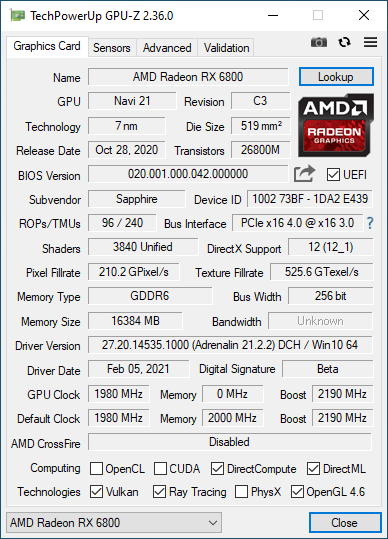
Since we'll be using our latest test rig with our graphics cards tests, we also moved to another screen (Philips BDM4037UW) in order to also offer 4k Ultra HD tests. Of course, 2160p (3840x2160p) is not the only resolution we'll be testing cards with, we are also going to be testing them at 1080p Full HD (1920x1080p) and 1440p (2560x1440p). Also, because far too many gamers own Ultra-Wide screens at first i wanted to use our AOC AGON AG352UCG monitor in order to also have its resolution of 3440x1440p in our charts but since it's plugged into our other test rig several meters away from this one i really had to choose (and 4k seemed like the better choice). This time over we also updated the list of benchmarks/games to include the Time Spy benchmark by UL, Assassin's Creed Odyssey by Ubisoft, Devil May Cry 5 by Capcom, Dreadnought by Yager, GEARS 5 by The Coalition, Metro Exodus by 4A Games, Star Citizen by Cloud Imperium Games, The Outer Worlds by Obsidian Entertainment and Cyberpunk 2077 by CD Project*.
As with the past options like power saving, sharpness and overlays are all disabled in the cards we’re testing (to achieve maximum performance) and all tests are repeated a total of 3 times in a fresh Windows 10 Pro installation with all updates installed until the day of our review (same as all the games used). Room temperature is as usual controlled and steady at 23 degrees Celsius for all tests and to record the temperatures of the cards we used AIDA64 and GPU-Z. Recording noise levels is done with an ExTech HD600 dBA meter from a distance of no more than half a meter away (exterior of case) while power consumption is measured again using GPU-Z.
* Since February 2021
TEST RESULTS – CYBERPUNK 2077
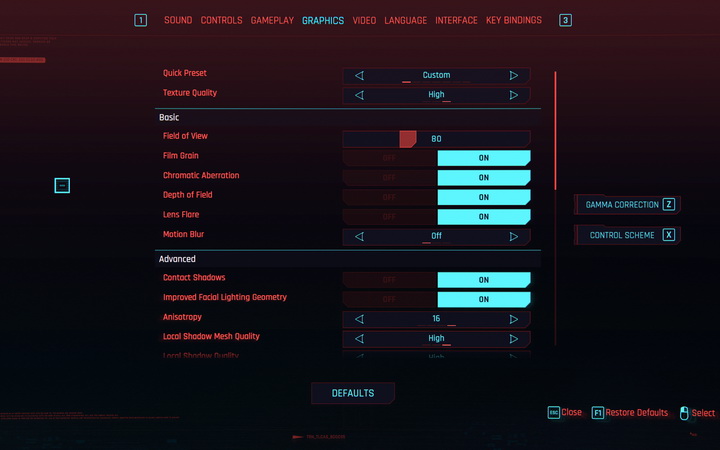
Cyberpunk 2077 is the latest game by CD Project and is based on their REDEngine 4. Benchmarks were run on game version 1.12 with all settings set at High and with the help of Rivatuner Statistics Server.
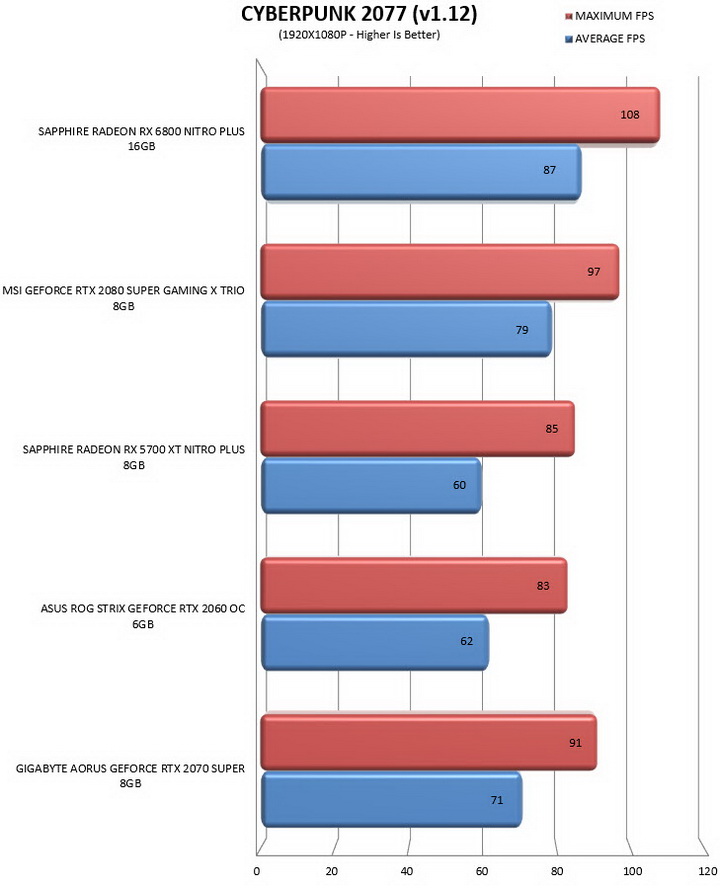
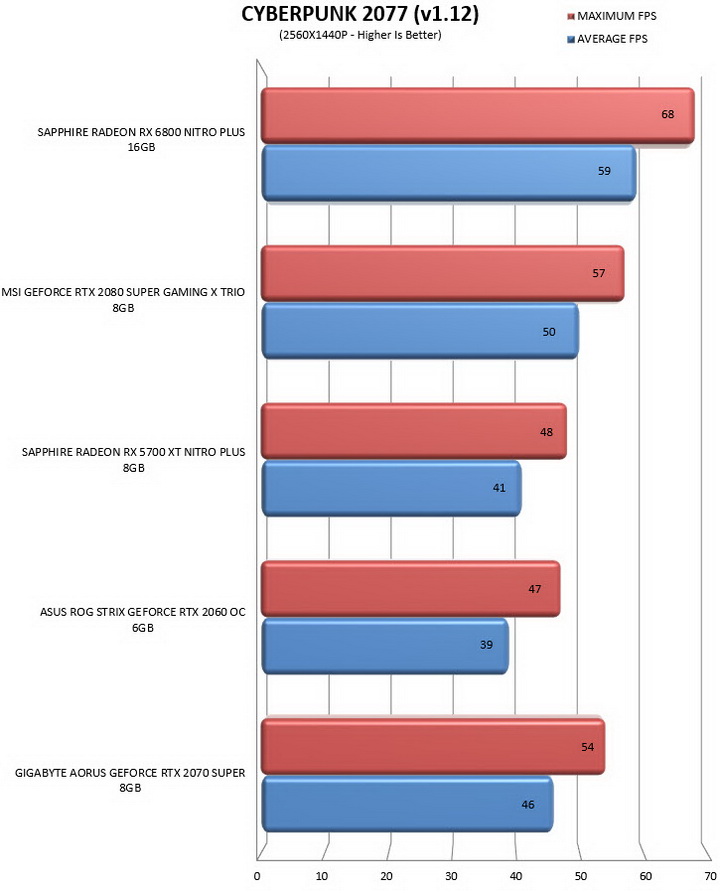
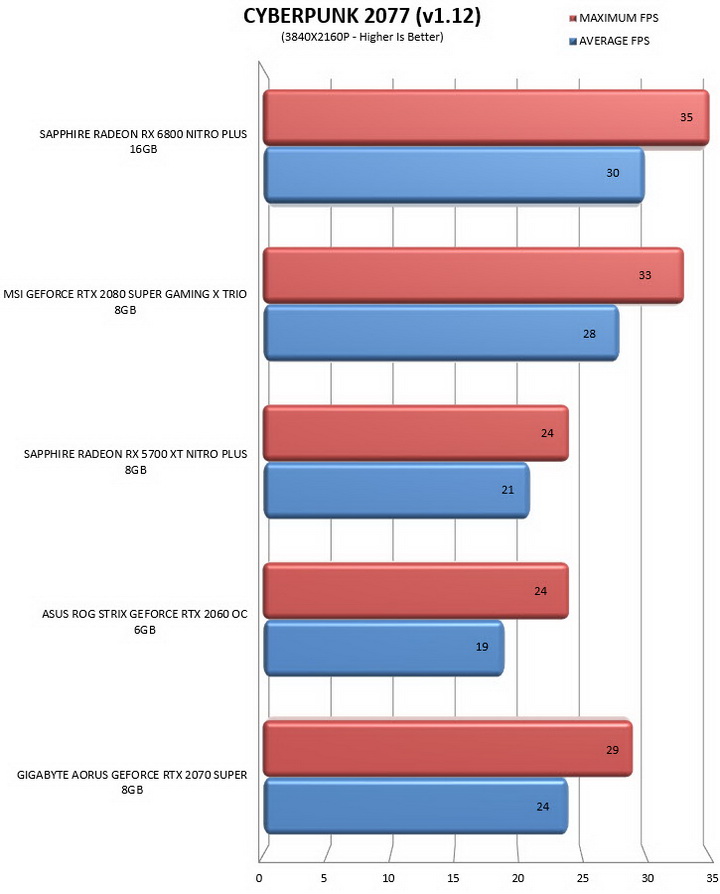
TEST RESULTS - 3DMARK TIMESPY
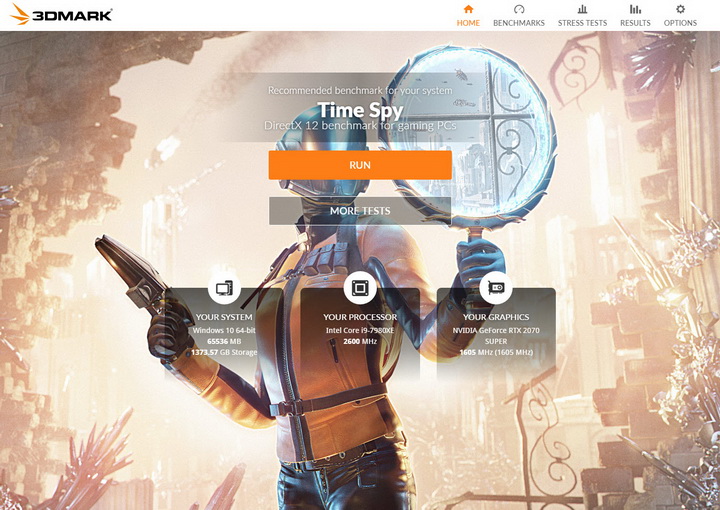
Time Spy was added in 3DMark back in 2016 with only 1 simple goal, to test the graphics of systems with Windows 10 and DirectX 12. Time Spy was used at default settings.
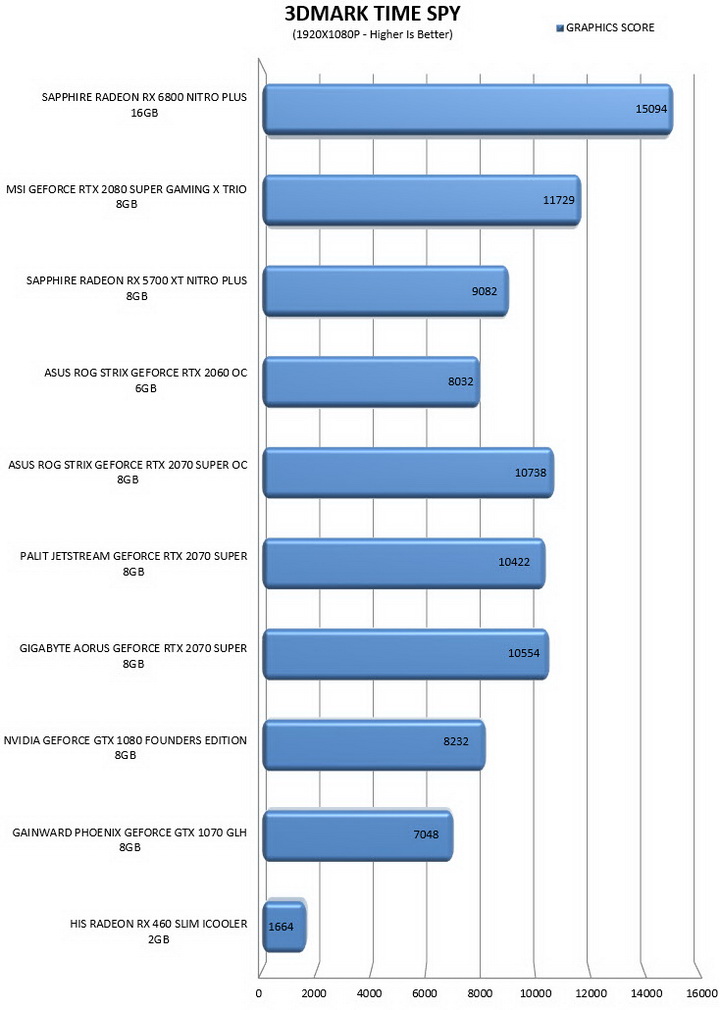
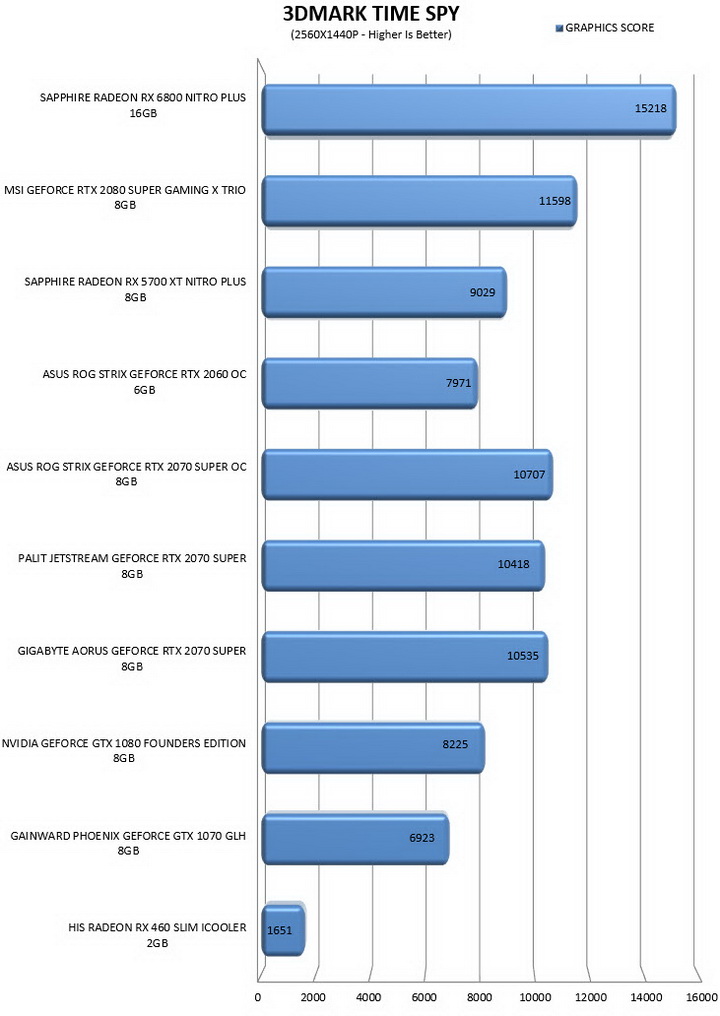
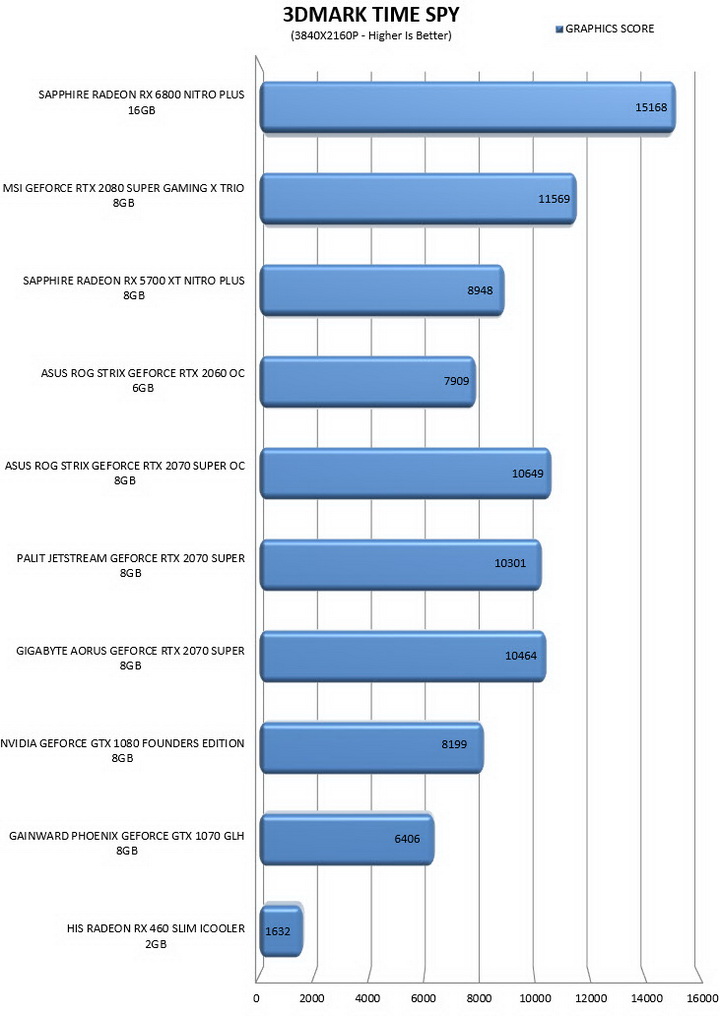
TEST RESULTS - ASSASSINS CREED ODYSSEY

Assassin's Creed Odyssey is an action role-playing video game set in the year 431 BC and the Peloponnesian War between Athens and Sparta and is based on the AnvilNext engine. For our tests we use the built-in benchmark of the game with FPS limit off, V-Sync off and the graphics set at high quality (because Assassins Creed Odyssey auto-detects your graphics card and sets settings accordingly the same graphics quality needs to be set manually every time).
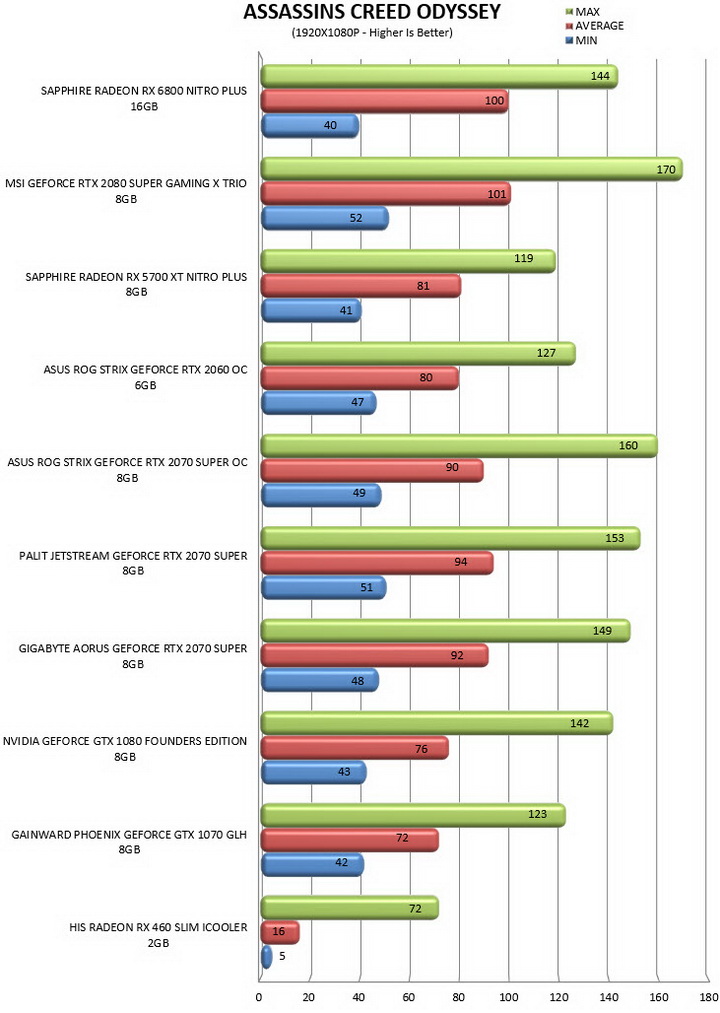
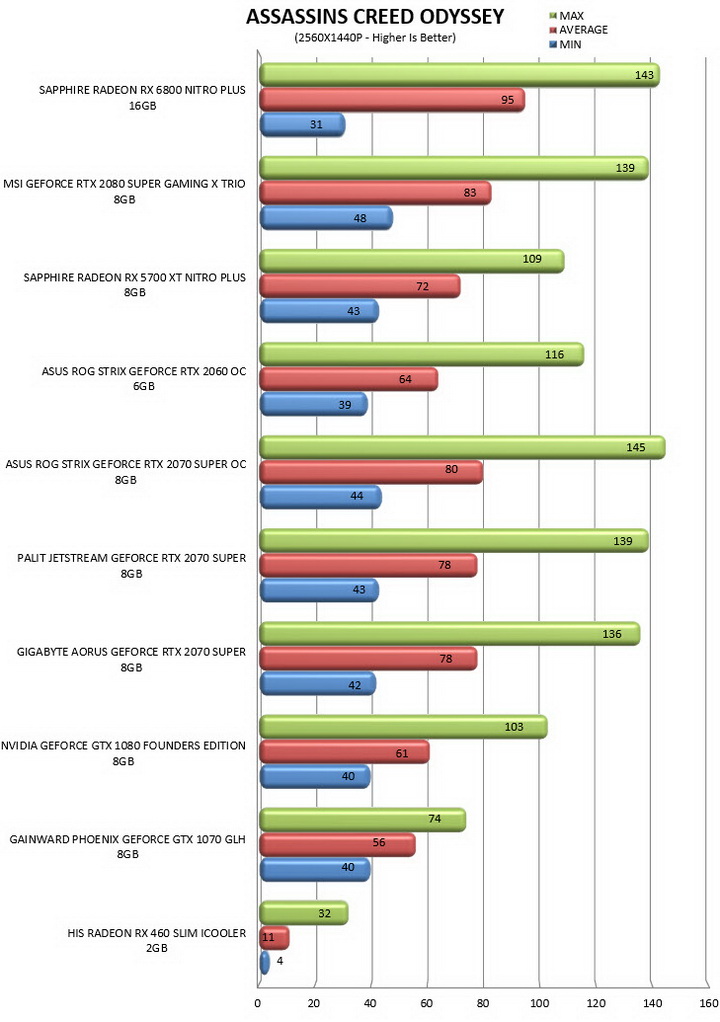
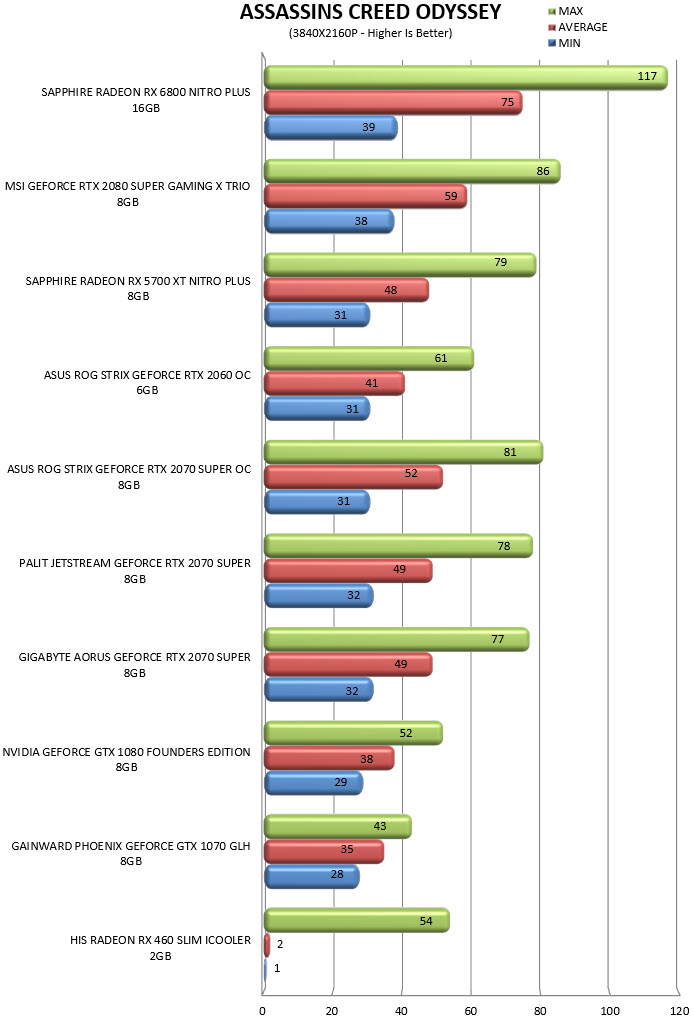
TEST RESULTS - BORDERLANDS 3
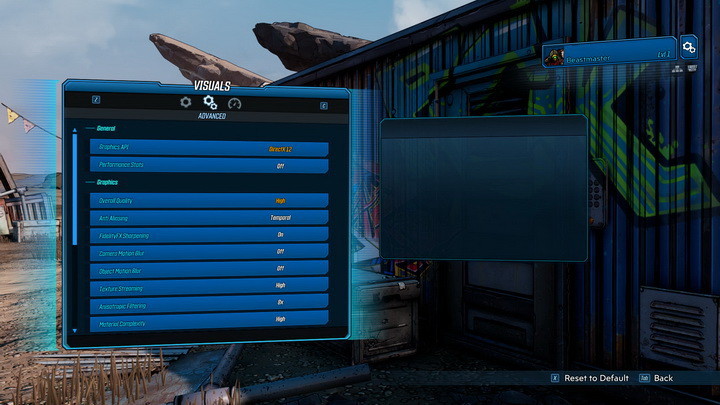
Borderlands 3 is an action role-playing first-person shooter video game released back in late 2019 and is powered by Unreal Engine 4. Borderlands 3 has a very basic built-in benchmark which we set at DirectX 12 with unlimited frame rate and overall quality set to High.
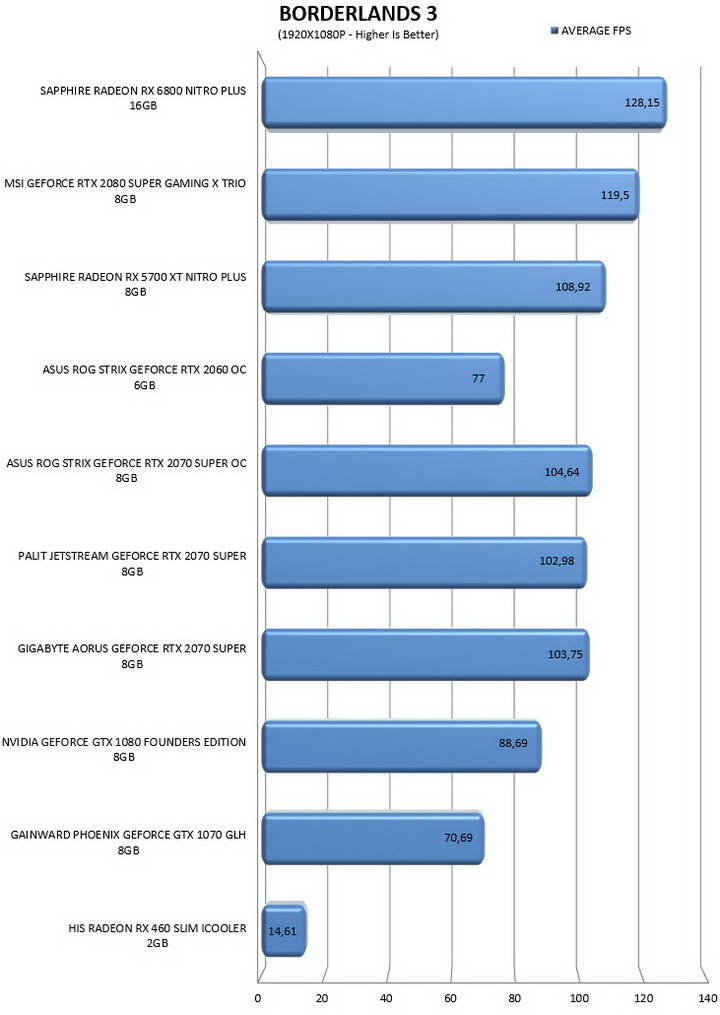
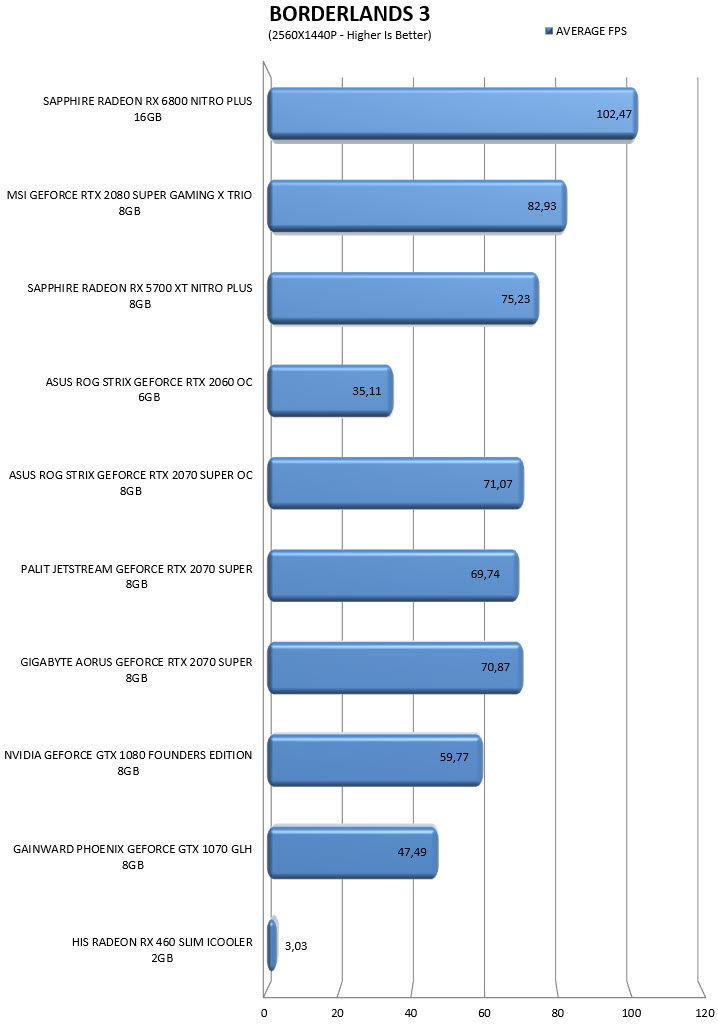
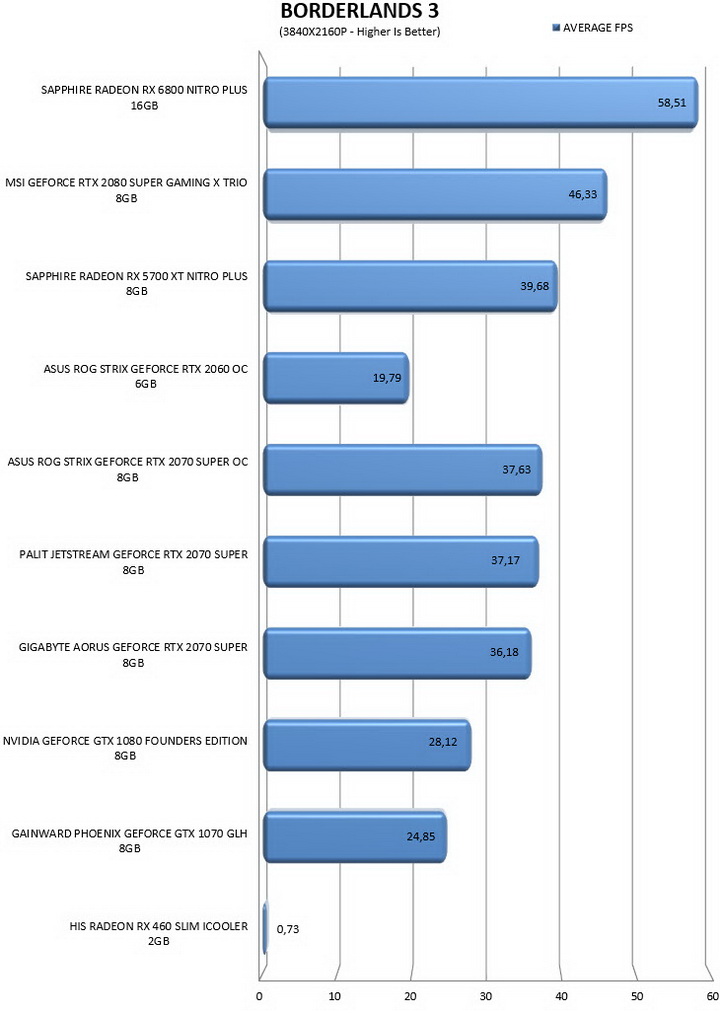
TEST RESULTS - DEVIL MAY CRY 5
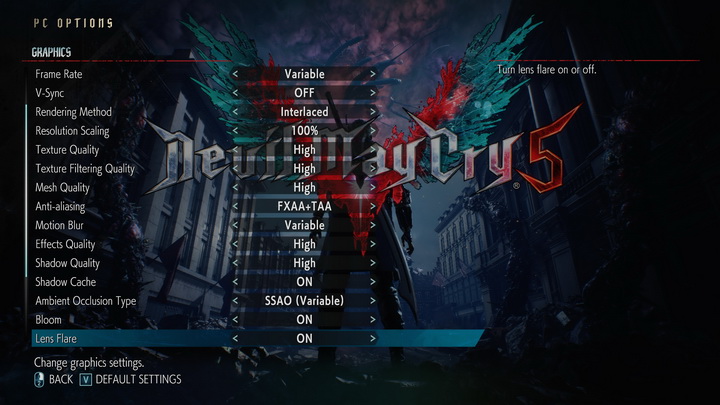
Devil May Cry 5 is an action-adventure hack and slash video game released in March 2019 and is based on the RE Engine like other titles by Capcom. Devil May Cry 5 doesn't feature his very own built-in benchmark so for that purpose we're using the latest version of Rivatuner Statistics Server with V-Sync Off, variable frame rate and all graphics settings set at High.
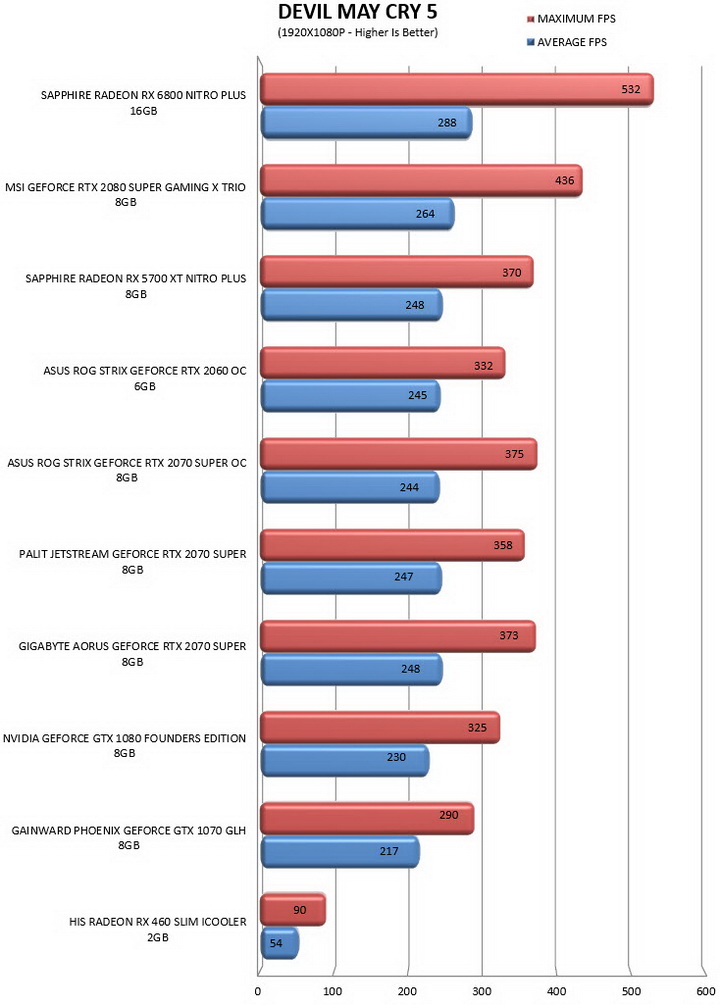
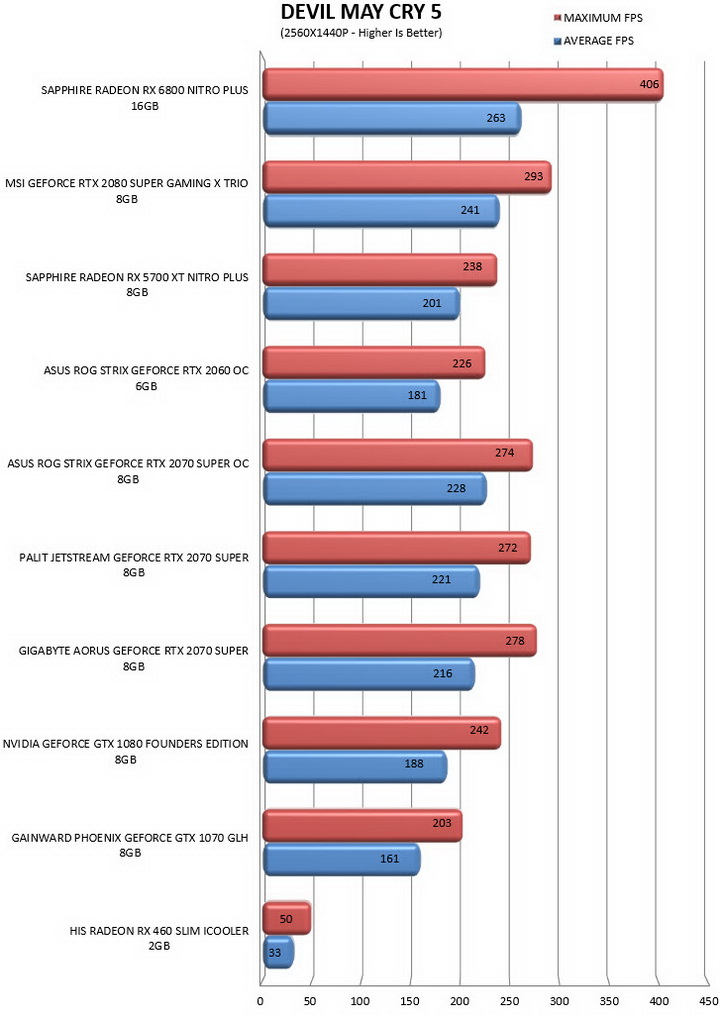
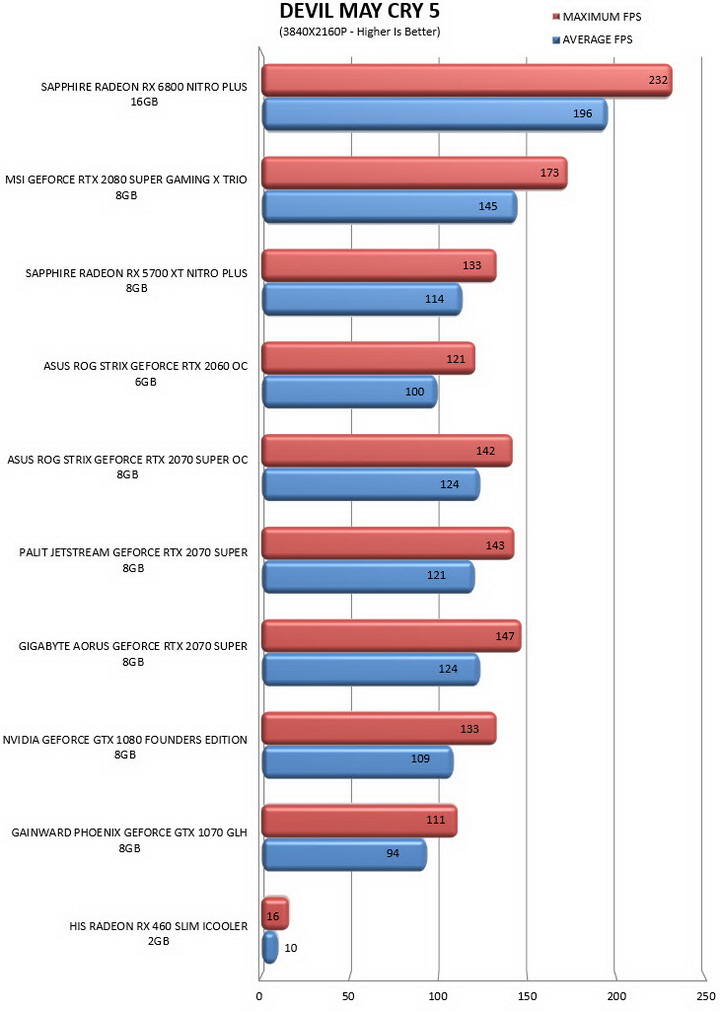
TEST RESULTS - DREADNOUGHT
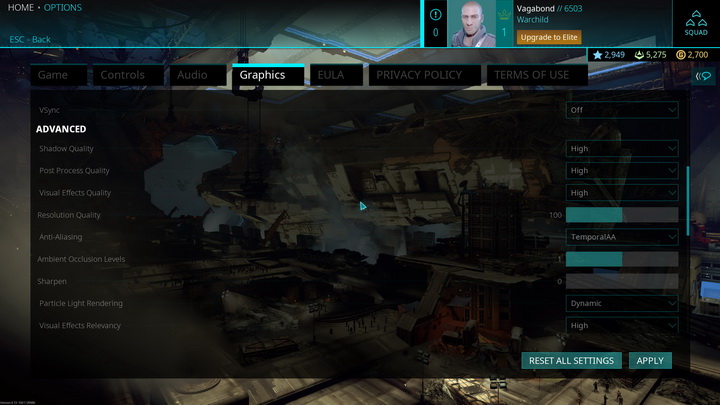
Dreadnought is a space combat simulation game released for the PC in late 2018 and is the 3rd game in our tests based on the Unreal Engine 4. Dreadnought used to come with its own built-in benchmark but since that was removed, we decided to use Rivatuner Statistics Server with V-Sync off and graphics set to High (this game is capped after all so I removed that and did all tests again – unfortunately I no longer have all the cards here).
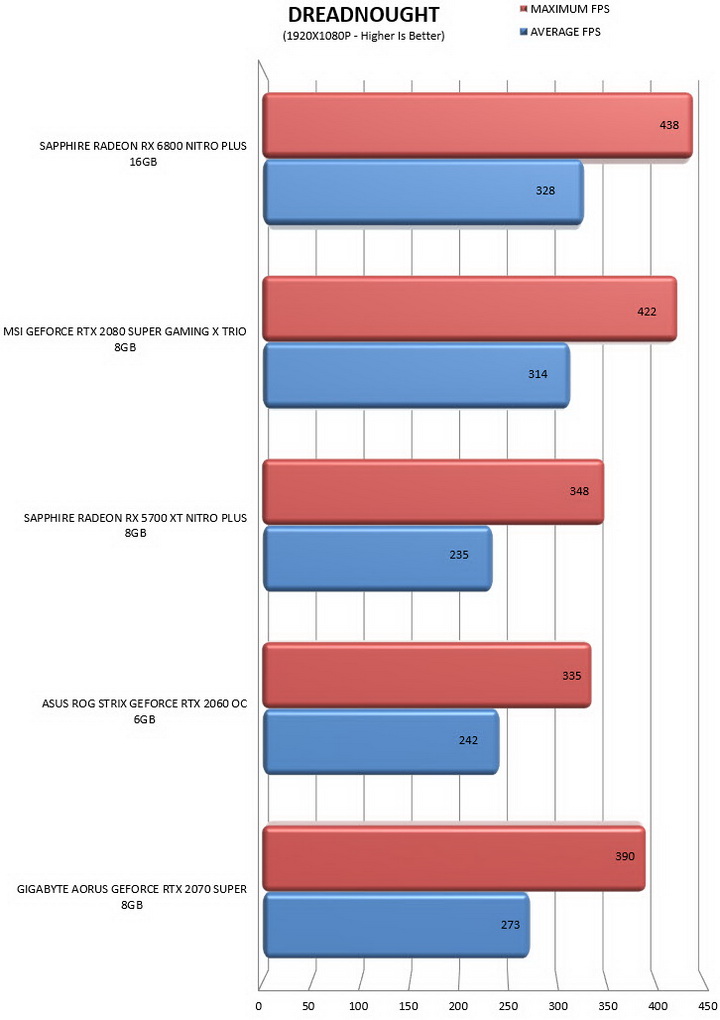
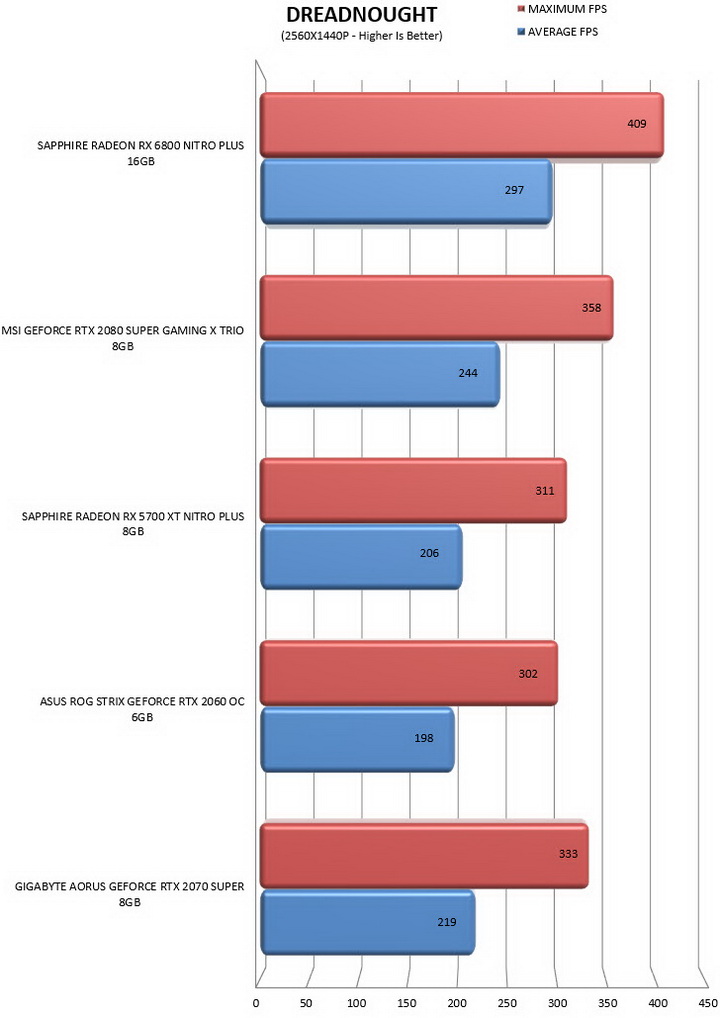
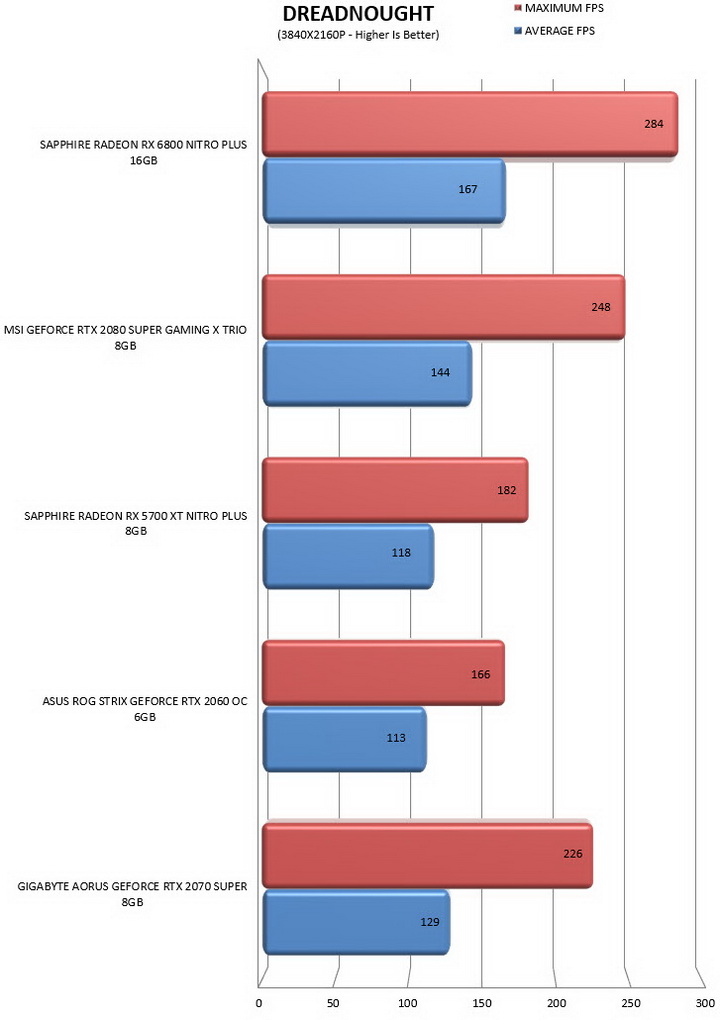
TEST RESULTS - GEARS 5
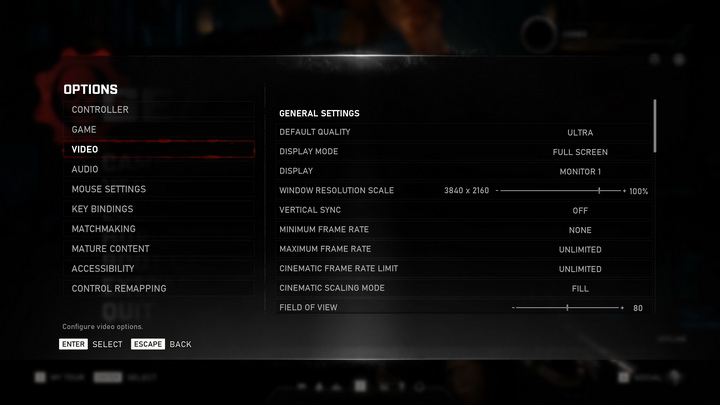
Gears 5 is a third-person shooter video game released back in mid-2019 and is powered by Unreal Engine 4 just like Borderlands 3. Gears 5 features a very convenient (not to mention fast) built-in benchmark which we use with V-Sync off, unlimited frame rate (none for minimum) and Ultra graphics quality.
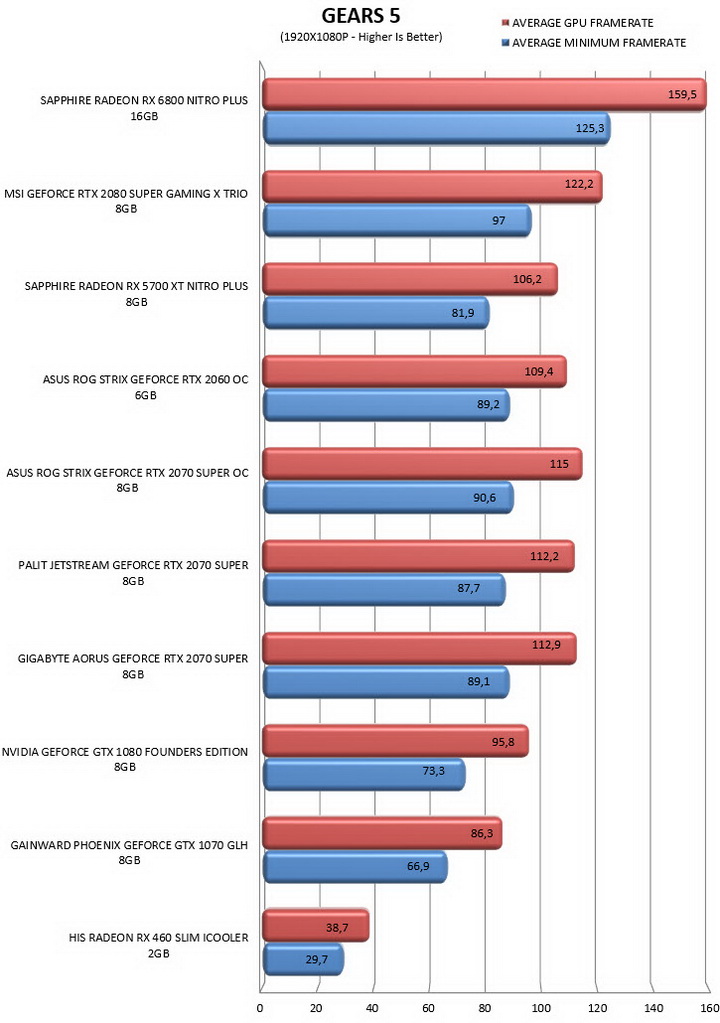
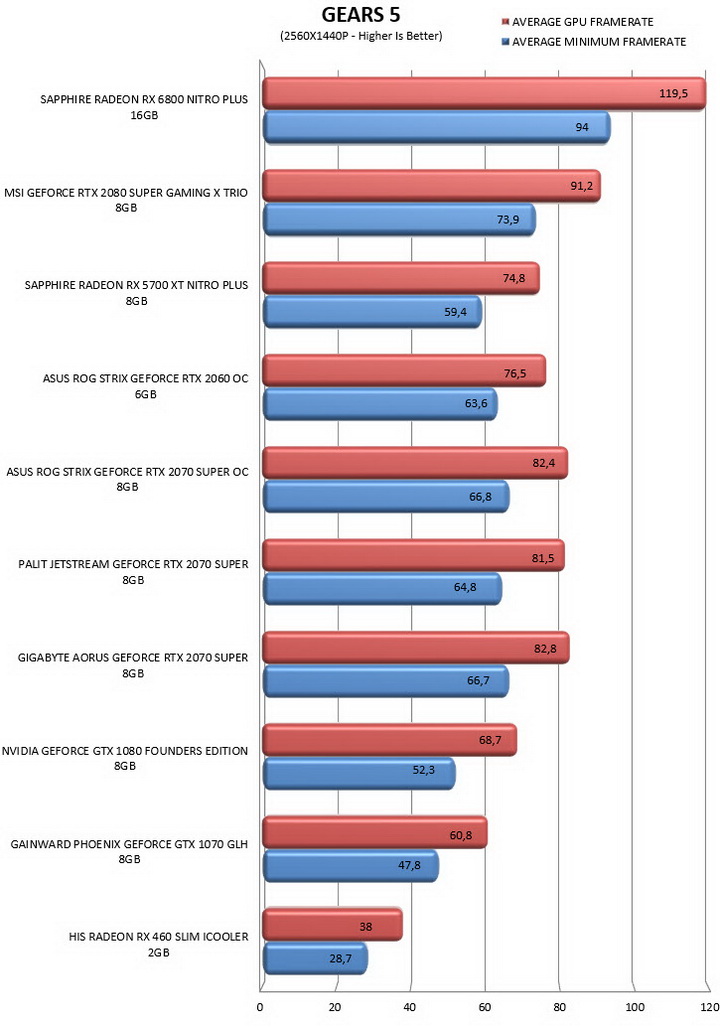
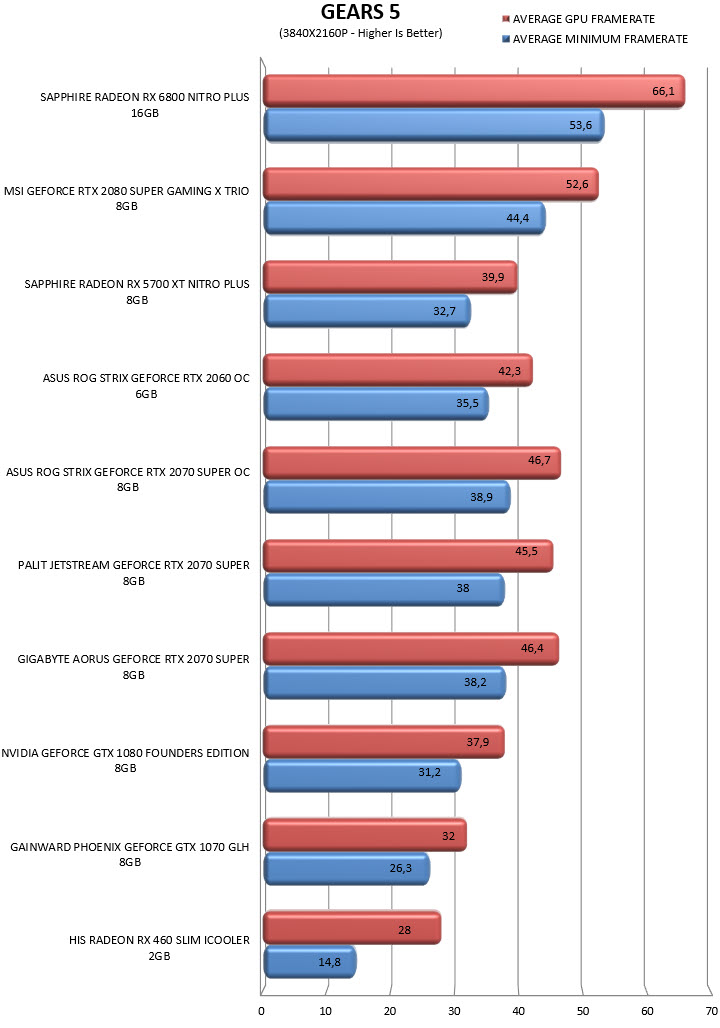
TEST RESULTS - METRO EXODUS
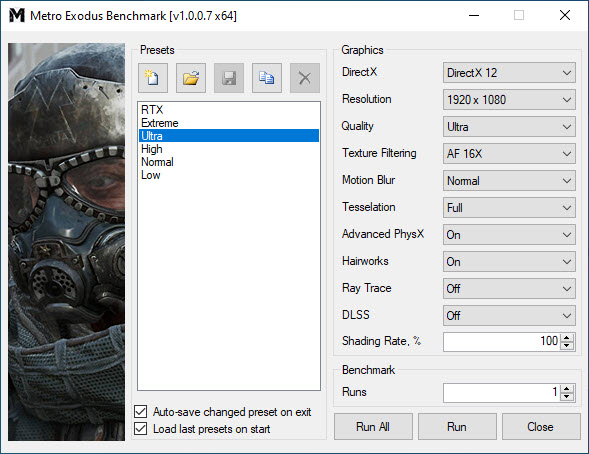
Metro Exodus is a first-person shooter video game released in 2019 and is based on the 4A Engine. The latest game in the Metro series also features its very own benchmark utility which we set at DirectX 12 and Ultra graphics quality (we're also running RTX tests with that setting set at Ultra).
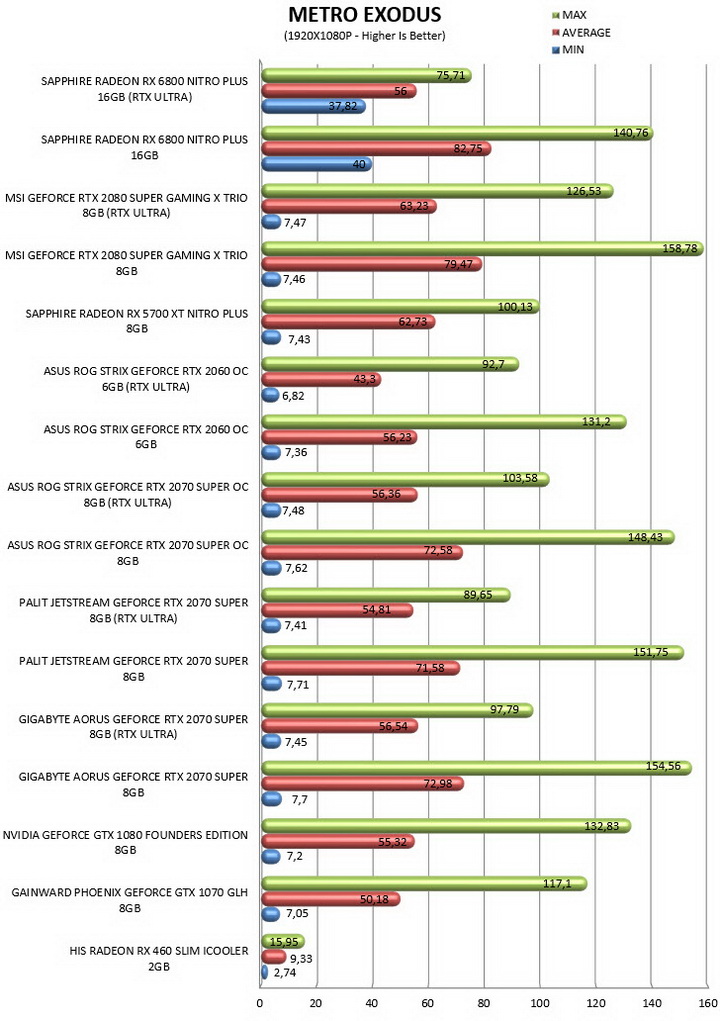
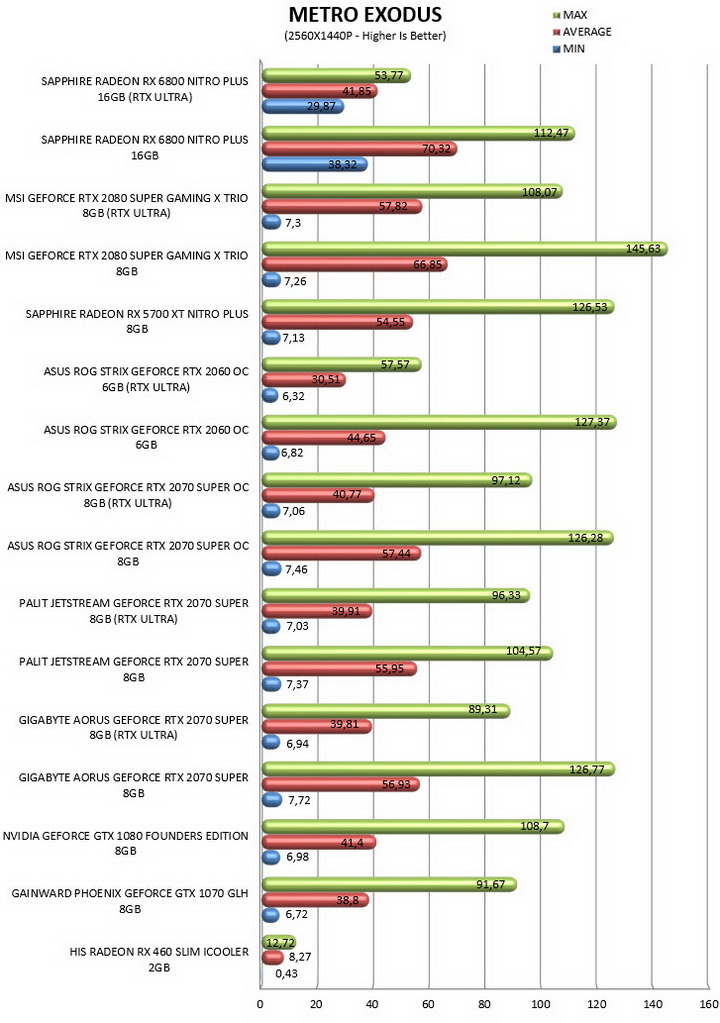
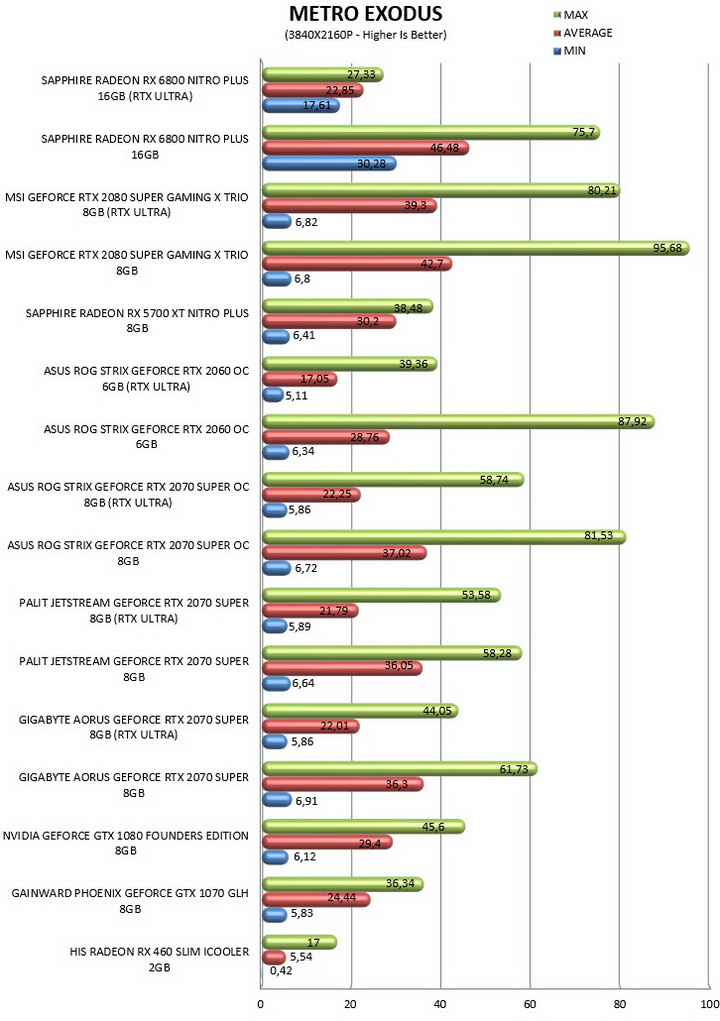
TEST RESULTS - STAR CITIZEN
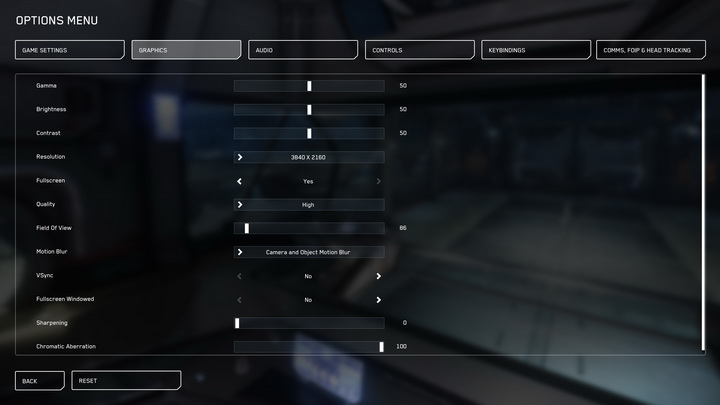
Star Citizen is an upcoming multiplayer space trading and combat game the main development of which started back in 2012 and is currently based on the Lumberyard game engine. Not only does Star Citizen come without any built-in benchmark (or utility) but it’s still in Alpha status meaning that this is not the most stable game title to use for our benchmarks (numerous graphics optimisations are expected between now and launch day). Still, we wanted to have it in our charts for anyone interested and so we did by using Rivatuner Statistics Server with V-Sync turned off and the graphics set at High.
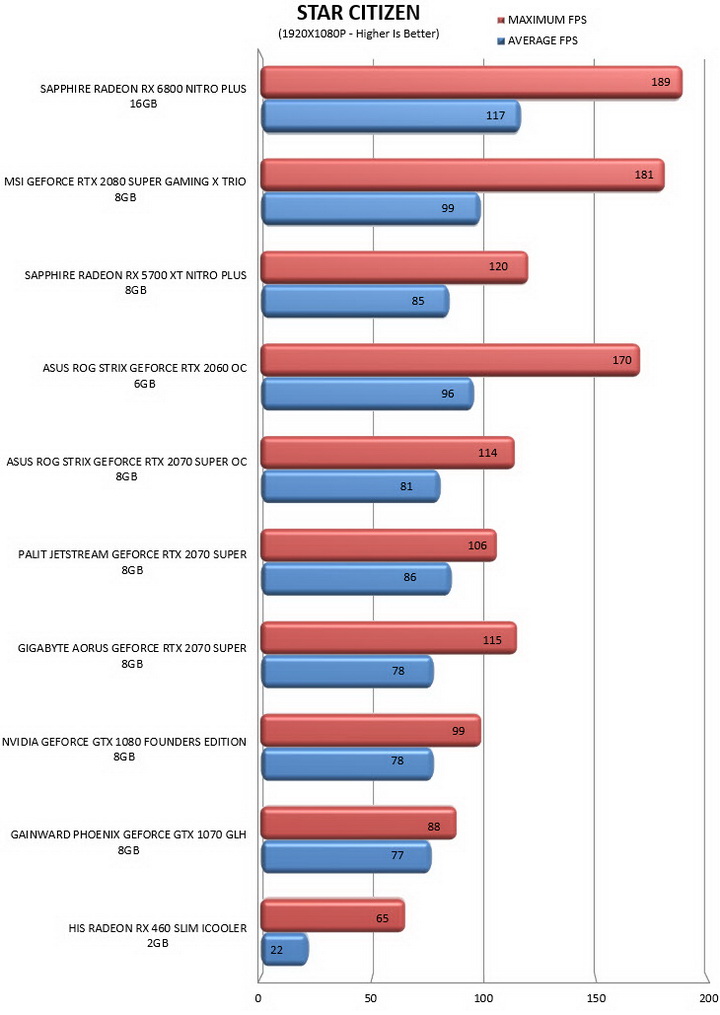
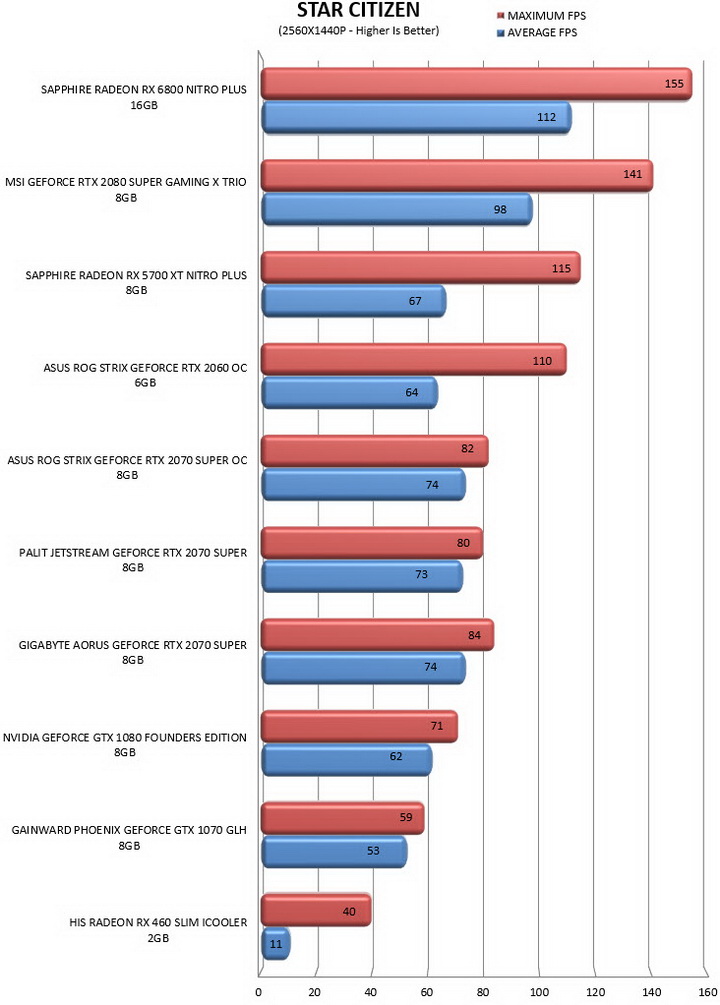
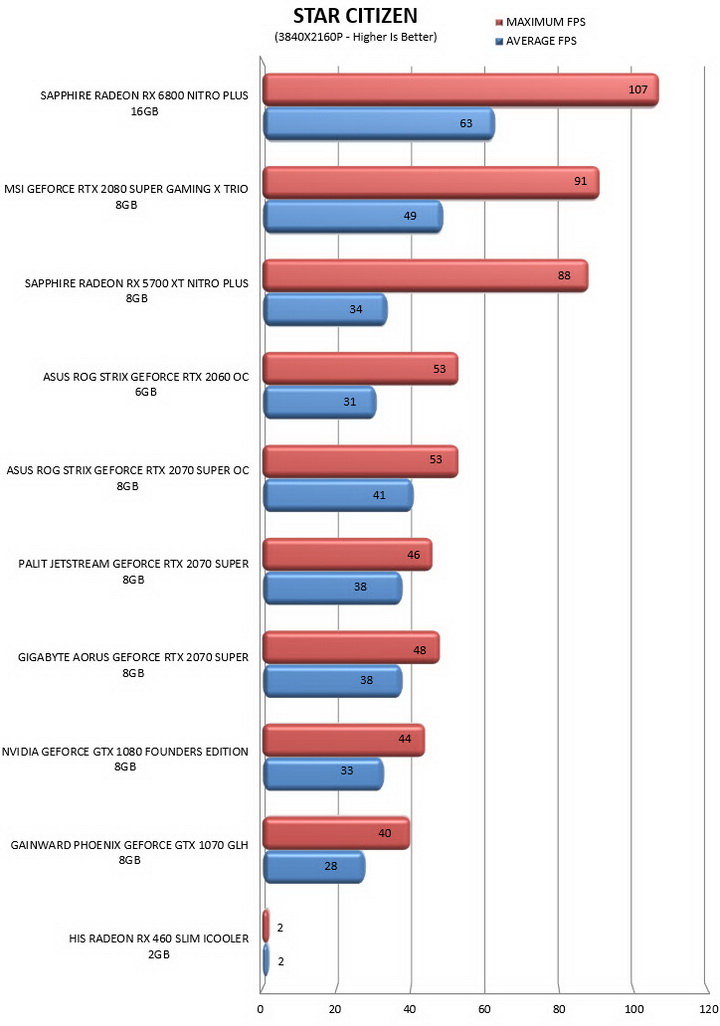
TEST RESULTS - THE OUTER WORLDS
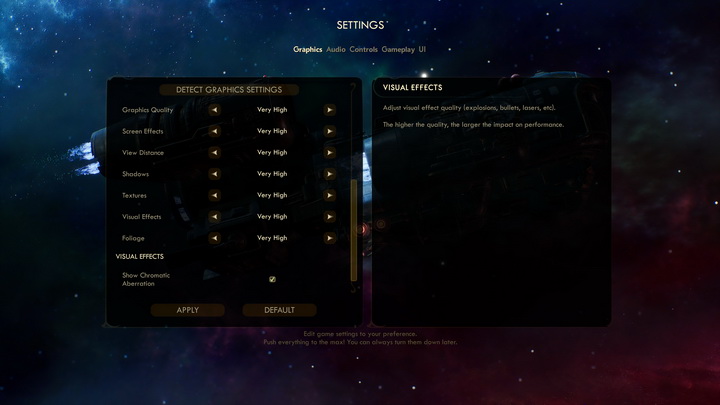
The Outer Worlds is an action role-playing game released back in late 2019 and is also based on the Unreal Engine 4. The Outer Worlds is yet another title we had to use Rivatuner Statistics Server with V-Sync off, unlimited frame rate and graphics set at Very High.
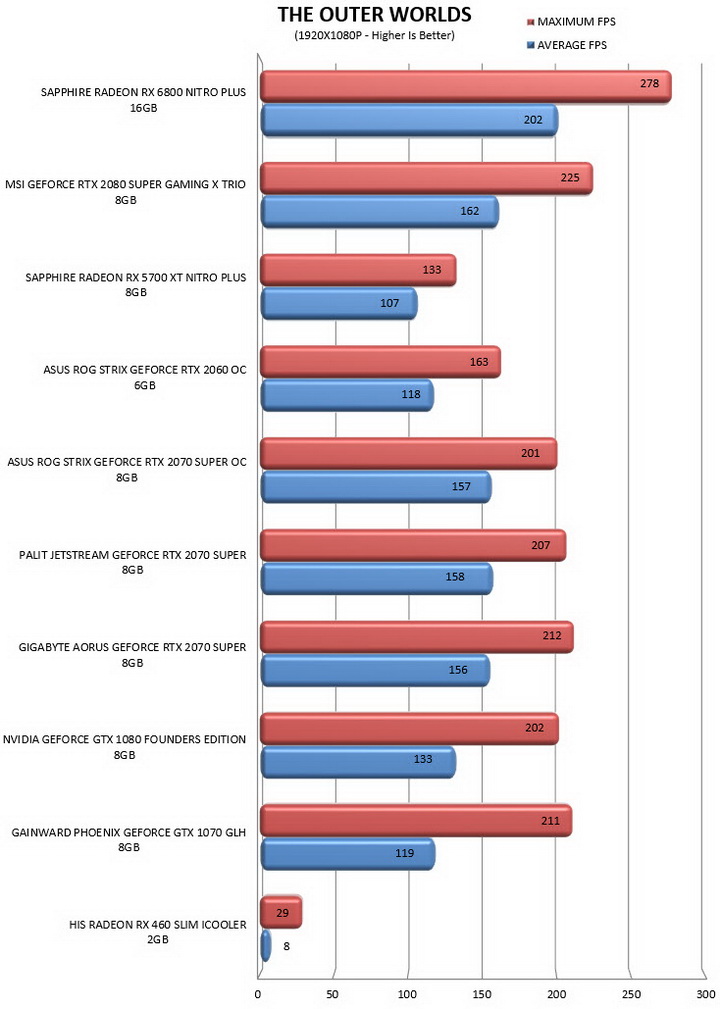
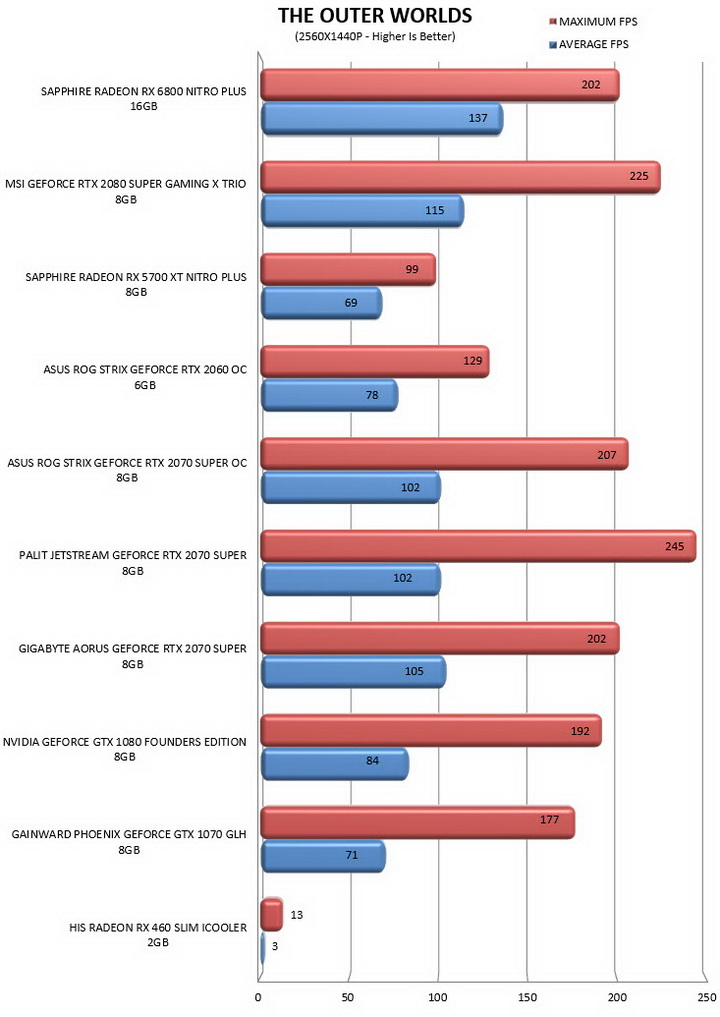
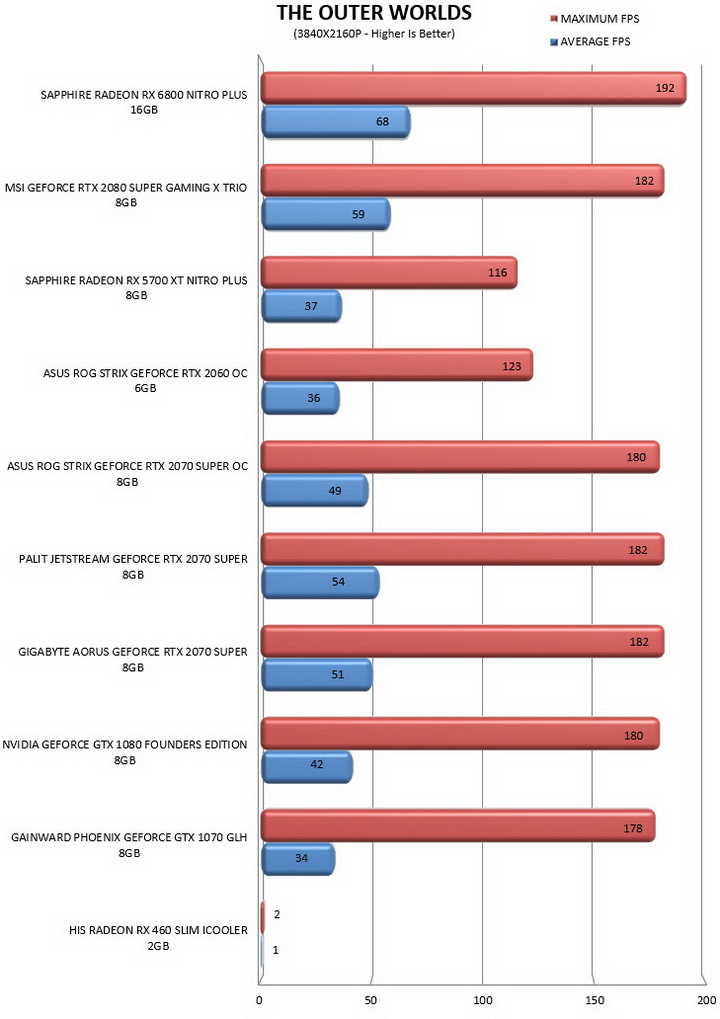
TEST RESULTS - OVERCLOCKING
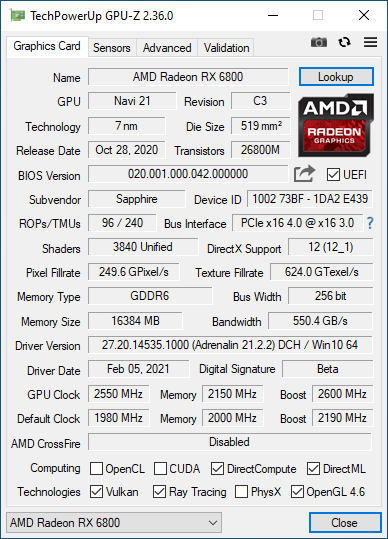
For this review I managed to push the Radeon RX 6800 Nitro+ a total of 360MHz on the core and 150MHz on the memories (all the other cards in these charts are also overclocked).
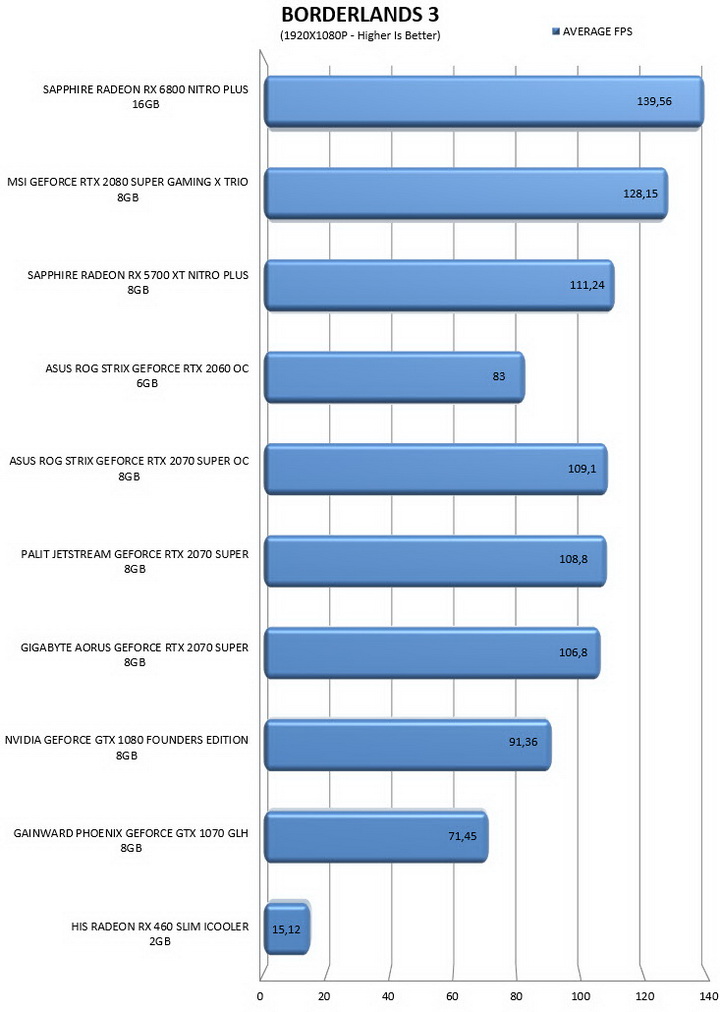
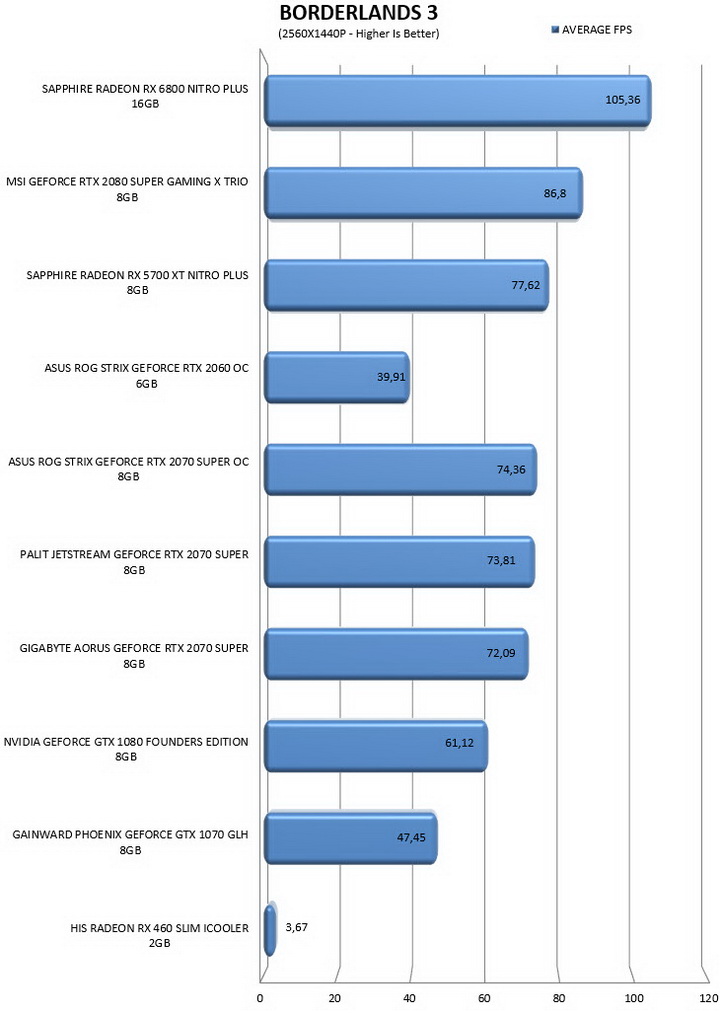
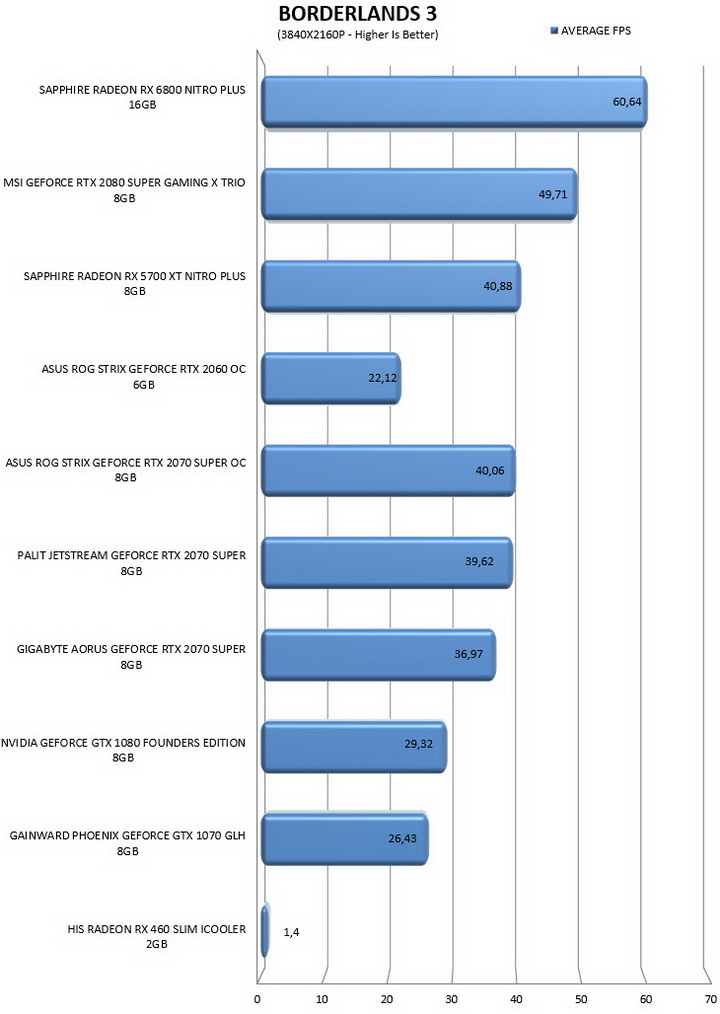
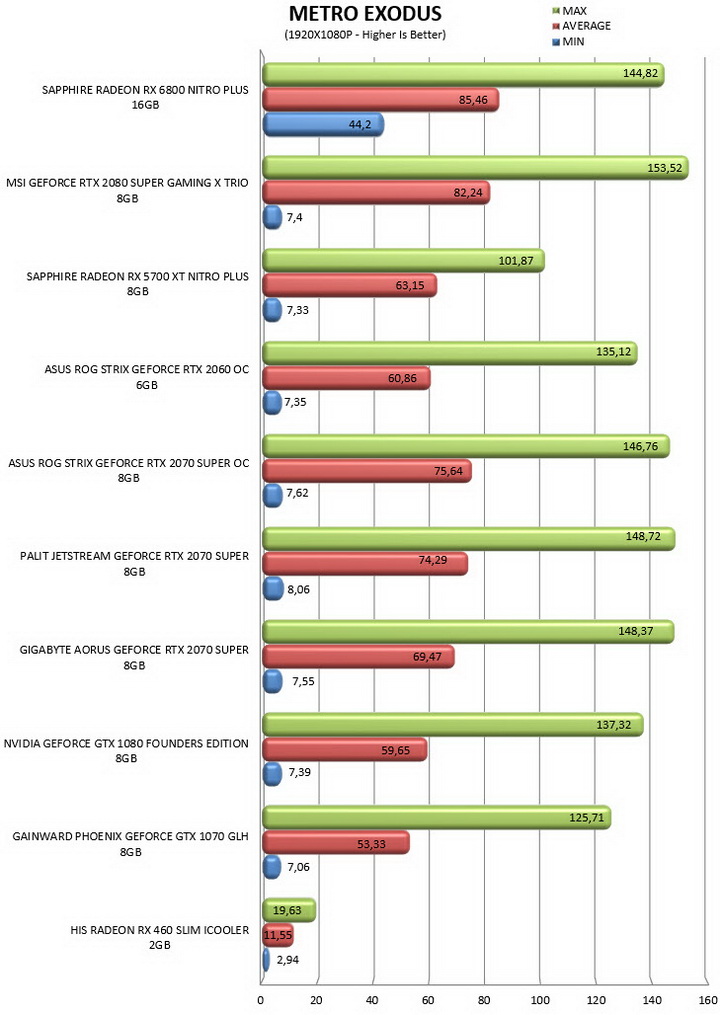
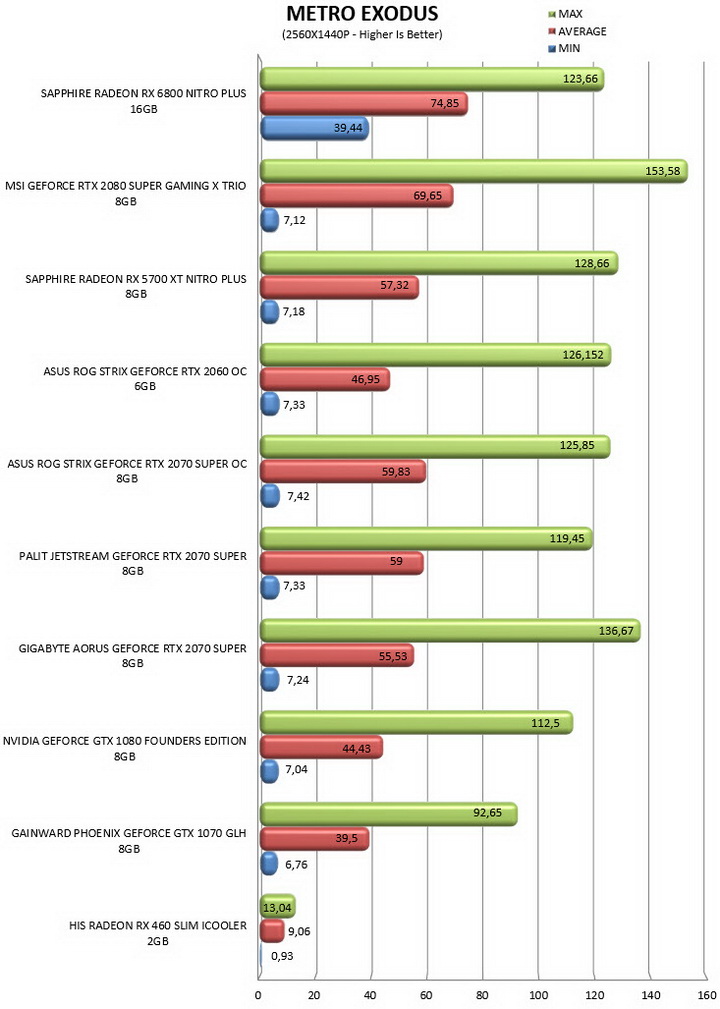
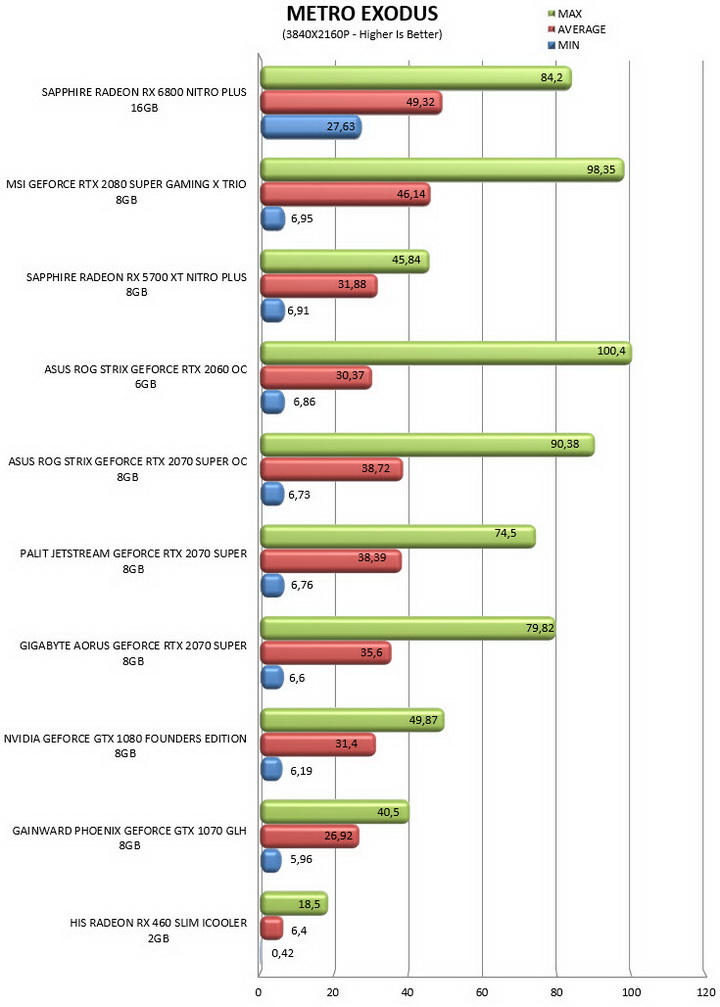
TEST RESULTS - POWER CONSUMPTION / TEMPERATURES / NOISE LEVELS

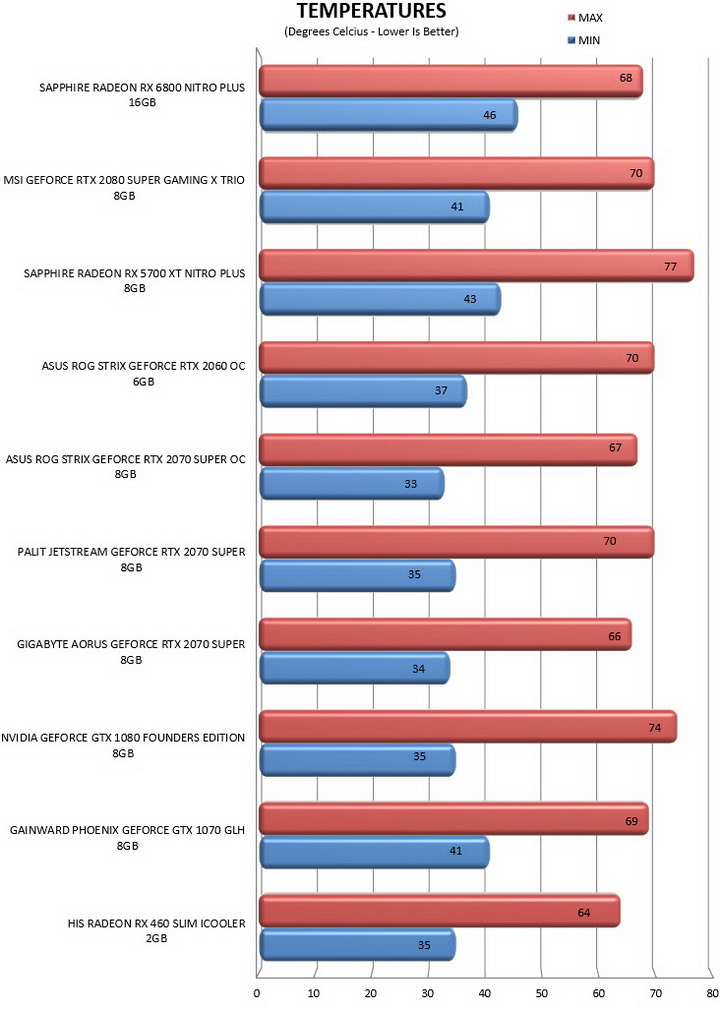

CONCLUSION
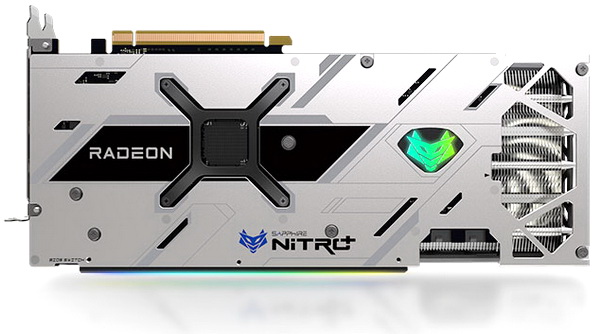
The Radeon RX 6800 Nitro+ by SAPPHIRE performed admirably all across the board and even though i did come across a couple of bugs which i did report back to AMD and SAPPHIRE (these may not be game breaking bugs but they did push my review back quite a bit - just my luck) the overall experience was very positive. Unfortunately, i still don't have a GeForce RTX 3070/3080 card to compare it with (RTX 3060 12GB/3090 models are on the way) but it's very easy to tell just by looking at the charts just how faster the Radeon RX 6800 Nitro+ is compared to the fastest card i have here now, the MSI GeForce RTX 2080 Super Gaming X Trio. Now if someone had come to me less than a year ago and had told me that AMD would release a card which would be able to easily surpass even the RTX 2080 Super (let alone go up against the RTX 3060/3070 models - at least in games without Ray Tracing) I’d have a really hard time believing that but they did exactly that so kudos to them. Of course, SAPPHIRE always takes things a step further with their cards (especially the Nitro+ models) so things are very good both in terms of overclocking potential (which as expected varies from card to card), noise levels and temperatures.
Due to COVID-19 and severe chipset shortages prices have skyrocketed and so currently the SAPPHIRE Radeon RX 6800 Nitro+ retails for USD1599.99 inside the USA (Amazon.com) and for around 1200Euros inside the EU. Unfortunately, the same applies for all RX 6800/XT models out there and so as expected this is the sole drawback of these cards. Of course, if AMD manages to improve availability (and the same applies for manufacturers like SAPPHIRE) prices should begin to normalize in a couple of months or so but at least for now this is it. Overall, the Radeon RX 6800 Nitro+ by SAPPHIRE delivers on everything a card should (performance/image quality/low noise, temperature and consumption levels) and for that it deserves the Golden Award.

PROS
- Build Quality (Backplate / Reinforced Metal Frame)
- Top Of The Charts Performance
- Factory Overclock
- Very Good Overclocking Headroom
- Noise Levels / Power Consumption / Temperatures
- Looks (3 Zone RGB System)
- Supported Technologies
- TRIXX Software
CONS
- Price (Current Ones)
- Size (3 Slot Card)
- Ray Tracing Performance

 O-Sense
O-Sense

.jpg)



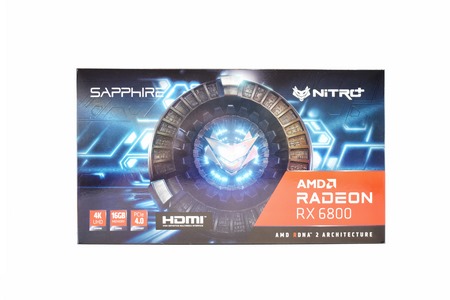
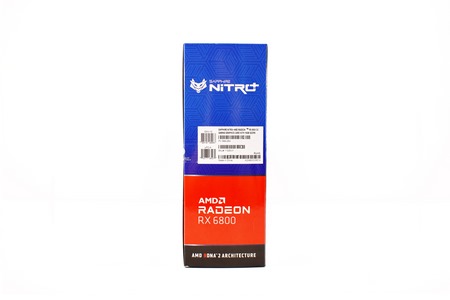













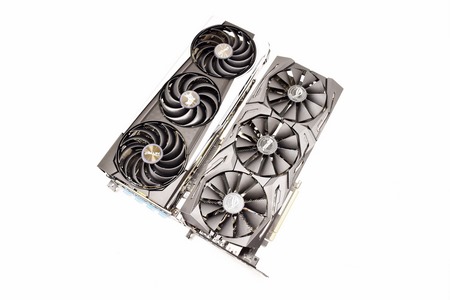
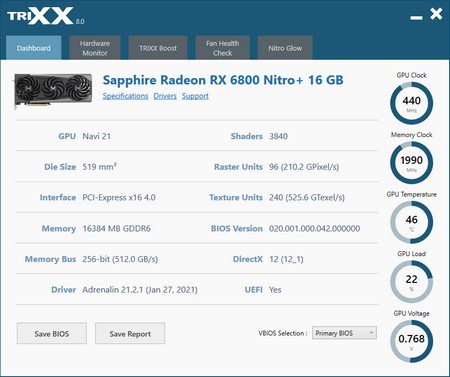
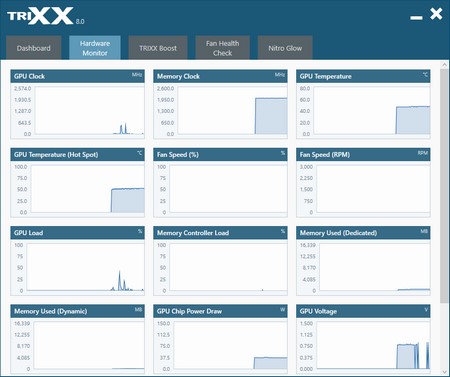
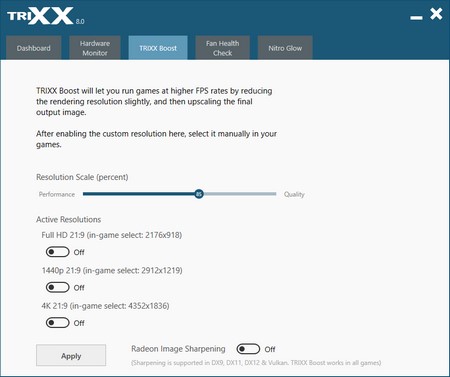
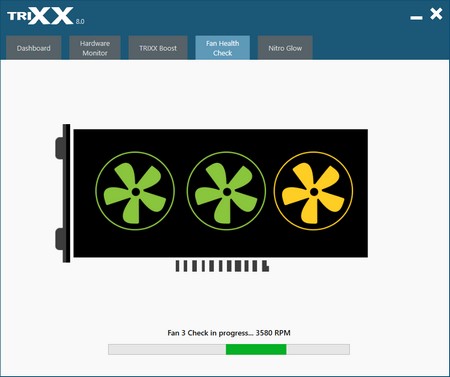
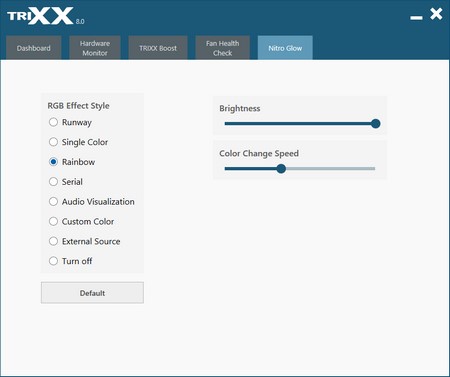
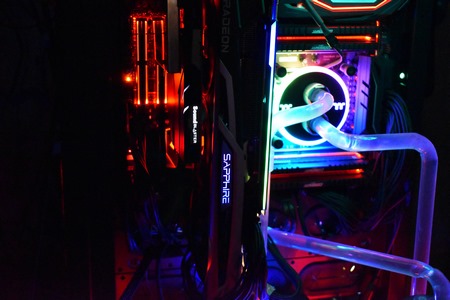
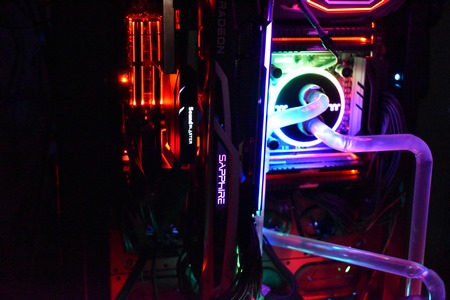
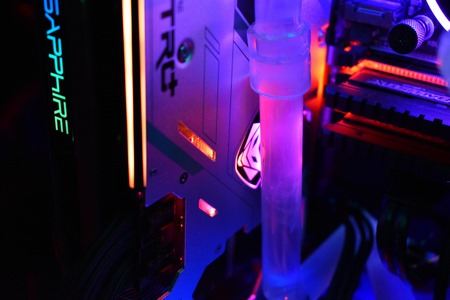
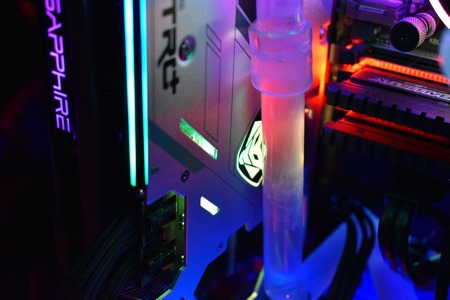


.png)

